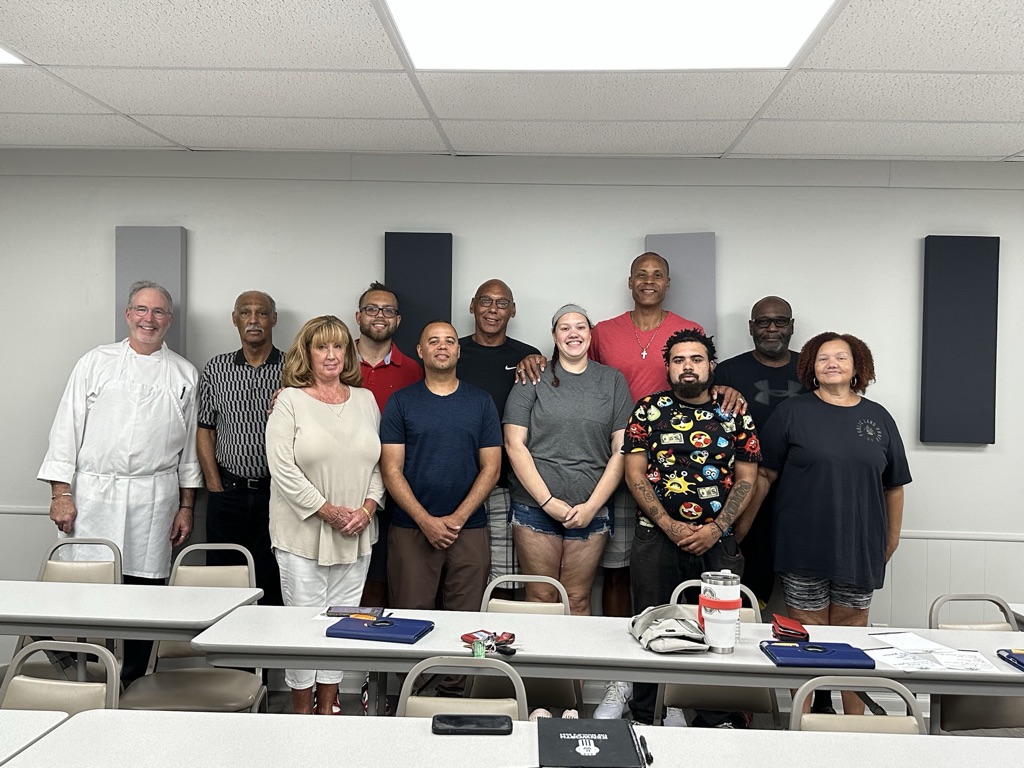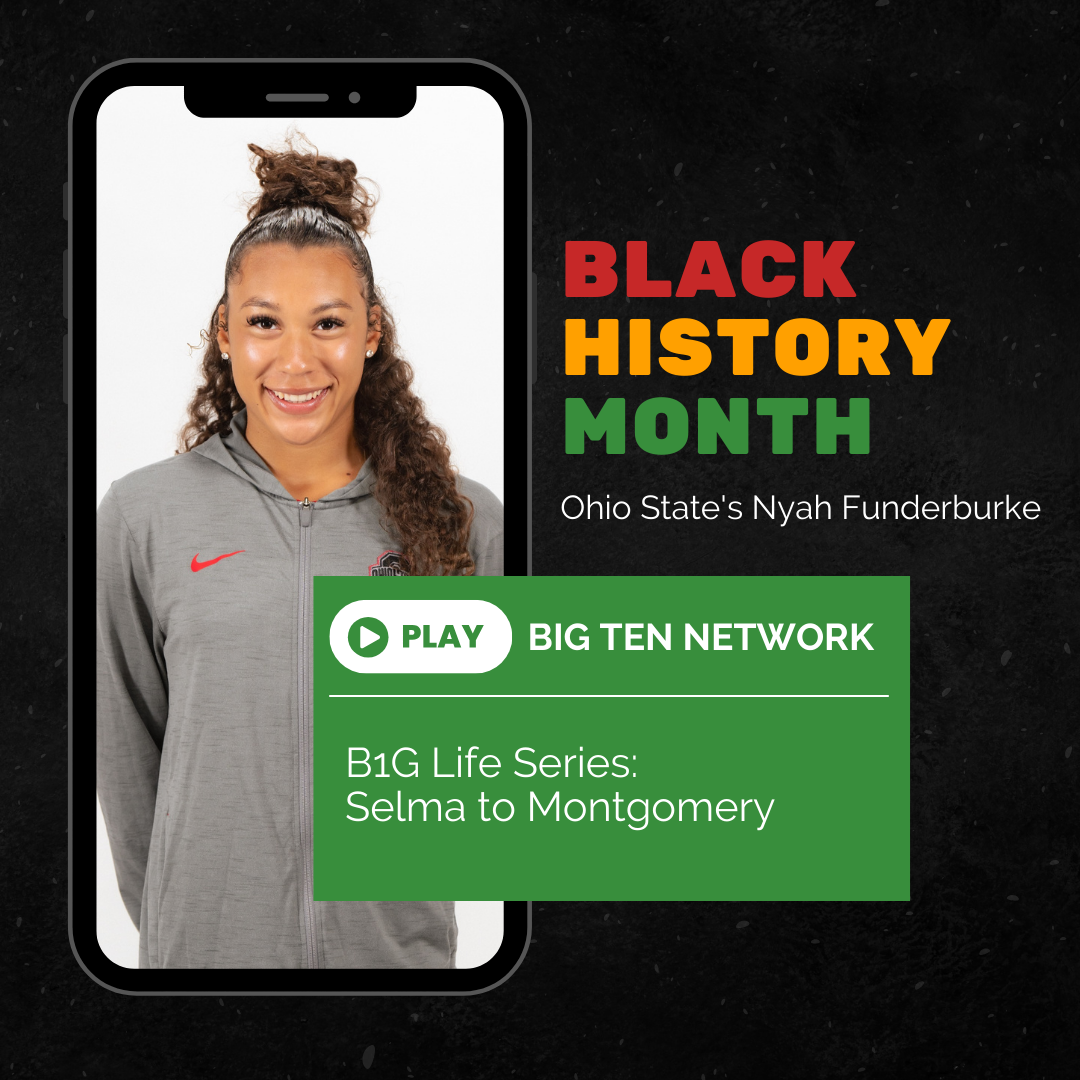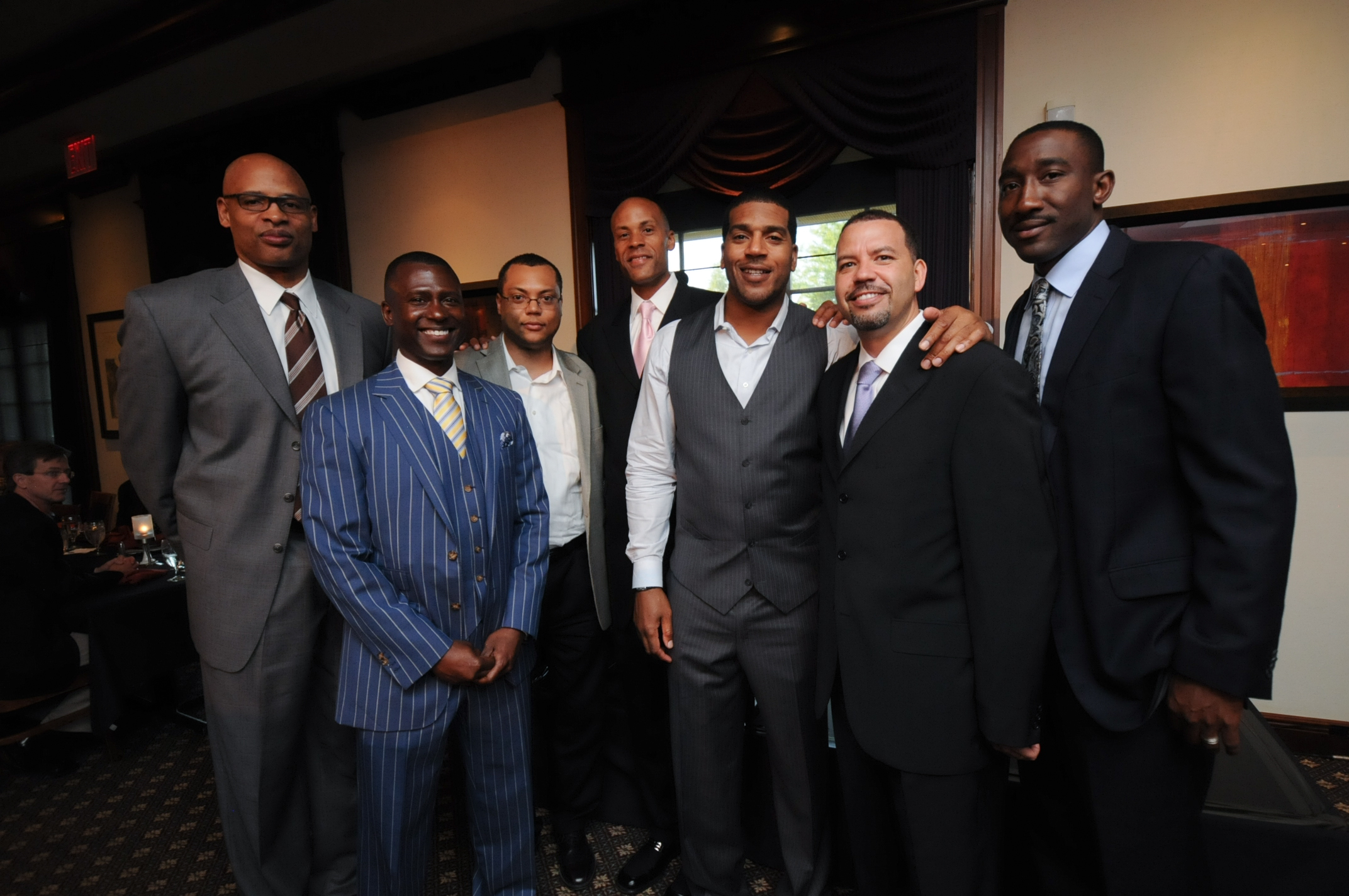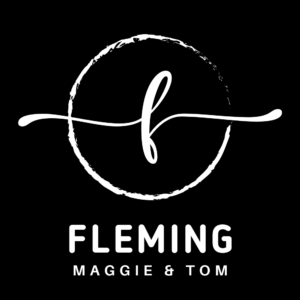The Era of Civil Rights and Beyond
The Era of Civil Rights and Beyond: What Have We Really Learned?
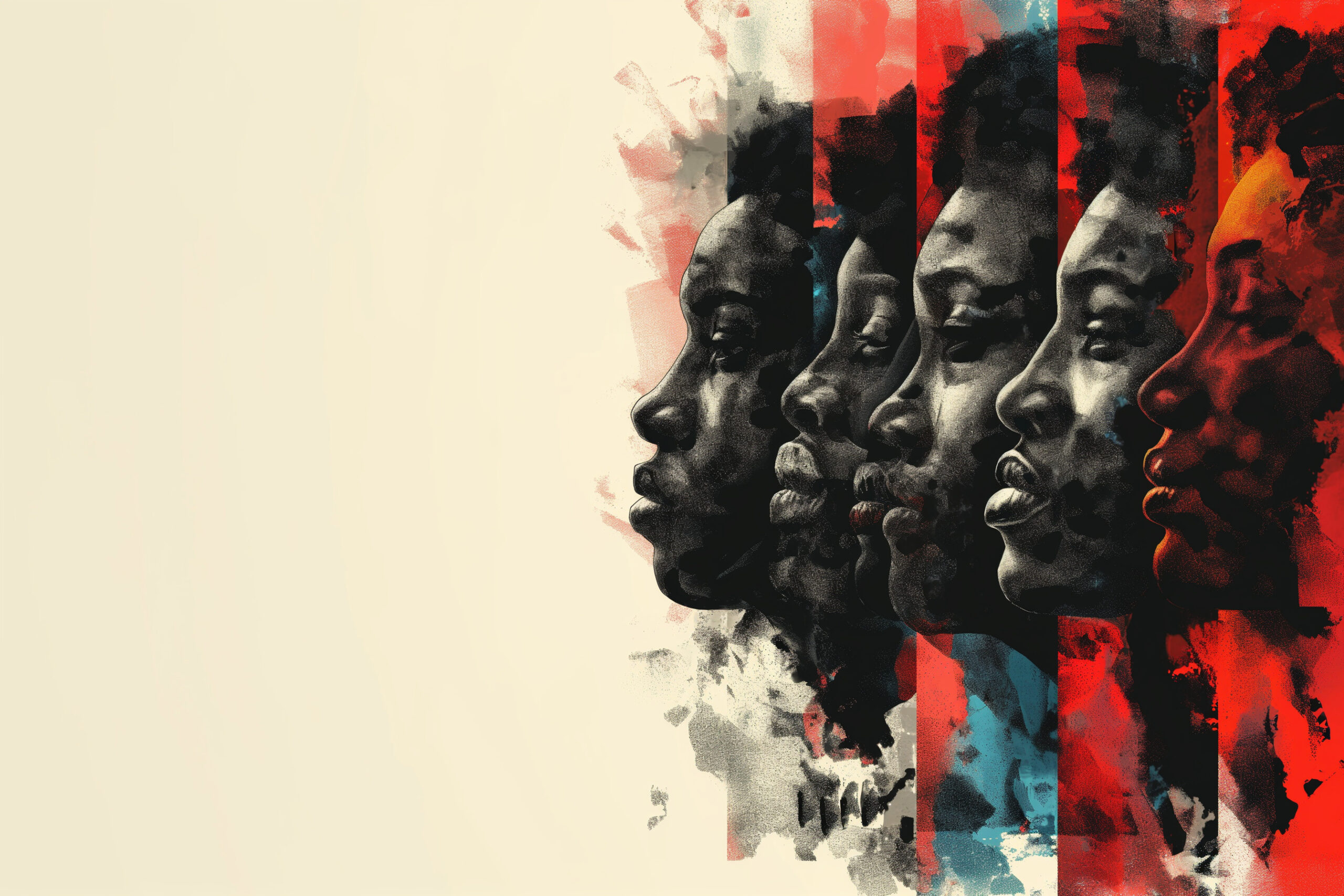
If you’re a non-Hispanic white, don’t get nervous. This article will not be a blame white America hit-piece. However, you’re certainly not off the hook. And if you’re a person of color (POC), you have a lot of work to do as well. As POCs, the role you and I play in bridging the racial divide will be just as significant as those in the majority group. Many whites, especially those with a conservative political bent, are uncomfortable revisiting a painful time in our nation’s blood-stained history. Slavery. Jim Crow. Civil rights. To them, going back does not equal forward progress. Valid point. But we must go back there so that freedom can be achieved right here — today in the opportunity diversity arena. Check this out. A lot of American blacks with ancestral ties to slavery still see themselves as foreigners in a land of limited opportunities. It’s hard to explain but quite easy to feel. That nagging sense to disconnect from any form of patriotic expression while reflecting on “the life, liberty, and pursuit of happiness” promise by our Founding Fathers. It seems that someone, something, or somewhere will remind us to get back in line when we step out of place. An insensitive comment (like the one I hear all the time, “Wow, I would have never guessed that you are a CFP.”) A distancing observation (such as this common phrase, “I don’t see color.”) An incredulous stare-down (along the lines of, “How did you people hear about this exclusive vacation spot?”) Covert racism is more insidious than the exploits of overt racists. As a black or brown individual, you’re often left holding the interpretation bag when an underhanded comment, off-the-wall observation, or judgmental stare-down misses the racial sensitivity mark. In 2024, this shouldn’t happen. Then again, it’s not that surprising.
When you see a need and don’t fulfill it, a lot of innocent people get hurt in the process.
It’s not what we, seasoned adults, have learned, those of us born between 1940 and 1980. But what our children and grandchildren have not learned — notably the integration of an opportunity diversity playbook to assist black and brown Americans on the fringes of society. Our two kids, Nyah and Eli, would often accompany Monya and I when our nonprofit organization offered empowerment programs to inner-city youth more than a decade ago. Though a minority, they witnessed firsthand how privileged their life was compared to other melanated children. Opportunity gets you to the door (which can be the result of color preference). Diversity of talent, work ethic, and competency keep it open. If we’re honest, two worlds exist in our black community. Those who have taken advantage of opportunities, a small minority. This group is often accepted, and in some cases, revered in mainstream society; they’ve been able to maximize and monetize a given skillset or engrained mindset. The other world? Those who are taken advantaged of by opportunists (which include gang-bangers, drug dealers, and “unity” peddlers who promote a common bond but cause internal rifts). This growing segment of the black population has struggled in finding and funding their value proposition in life, which has become an exhausting ordeal. Unfortunately, far too many of them just give up and live for the moment.
Nyah Funderburke is my oldest child. A college junior and communication’s major at Ohio State, she is blazing her own trail in the classroom and swimming pool as a dean’s list student, All Big Ten performer, and NCAA All-American swimmer. While fair complected, Nyah often blends in with her white teammates in the pool. Out of 75 male and female swimmers, she’s the only African American on the team. Very few black and brown swimmers compete at an elite level. Those who do, stand out. In high school, she shared this startling revelation with me. She said, “Daddy, my focus is to swim in lanes 4 or 5. When swimming in these lanes, the best lanes, you can impose your will on the other swimmers since the waves are pushed from the inside-out.” Fascinated, I asked, “What do you mean?” Nyah responded, “Those on the outside lanes, 1 and 8, have the toughest time. They’re in the worst swim lanes and must contend with the waves coming from the middle lanes and off the wall ….” I interrupted, “Wait, you can still win — your room for error is incredibly small, though.” She chimed in, “That’s right Daddy, just like the people you and Mommy help through LFYO. They may not see the waves, but eventually they’ll get so tired fighting against them.” Hmmm, the waves of injustice. Her assessment at sixteen was refreshing. Same pool, different race. Life outcomes (and swim results) will largely depend on a person’s lane assignment. Today, Nyah’s vantage point on race in America has broaden as a young adult. Last summer’s visit to Selma, Alabama, to march alongside other black and brown Big Ten athletes on the Edmund Pettus Bridge transformed her thinking on opportunity justice. Click the link below to watch Nyah’s Big Ten Network feature, which aired on February 9th. You can visit her website at www.NyahFunderburke.com.
Giving Back So Others Can Start Moving Forward
Year In Review –– 2023
Giving Back So Others Can Start Moving Forward
Monya and I want to thank LFYO supporters, partners, and board members who made 2023 a year to remember. More than 750 at-risk individuals were impacted by our programs, workshops, and camps. From personal branding to job skills readiness to financial fitness, participants were given the game plan to achieve better life prospects and legacy pathways through cutting-edge offerings. Every innovative app and sensory-based tool is created in-house to make learning an inviting and empowering experience. For our efforts, LFYO was the recipient of Mahogany Columbus’ Central Ohio’s Outstanding Community Leader Award.
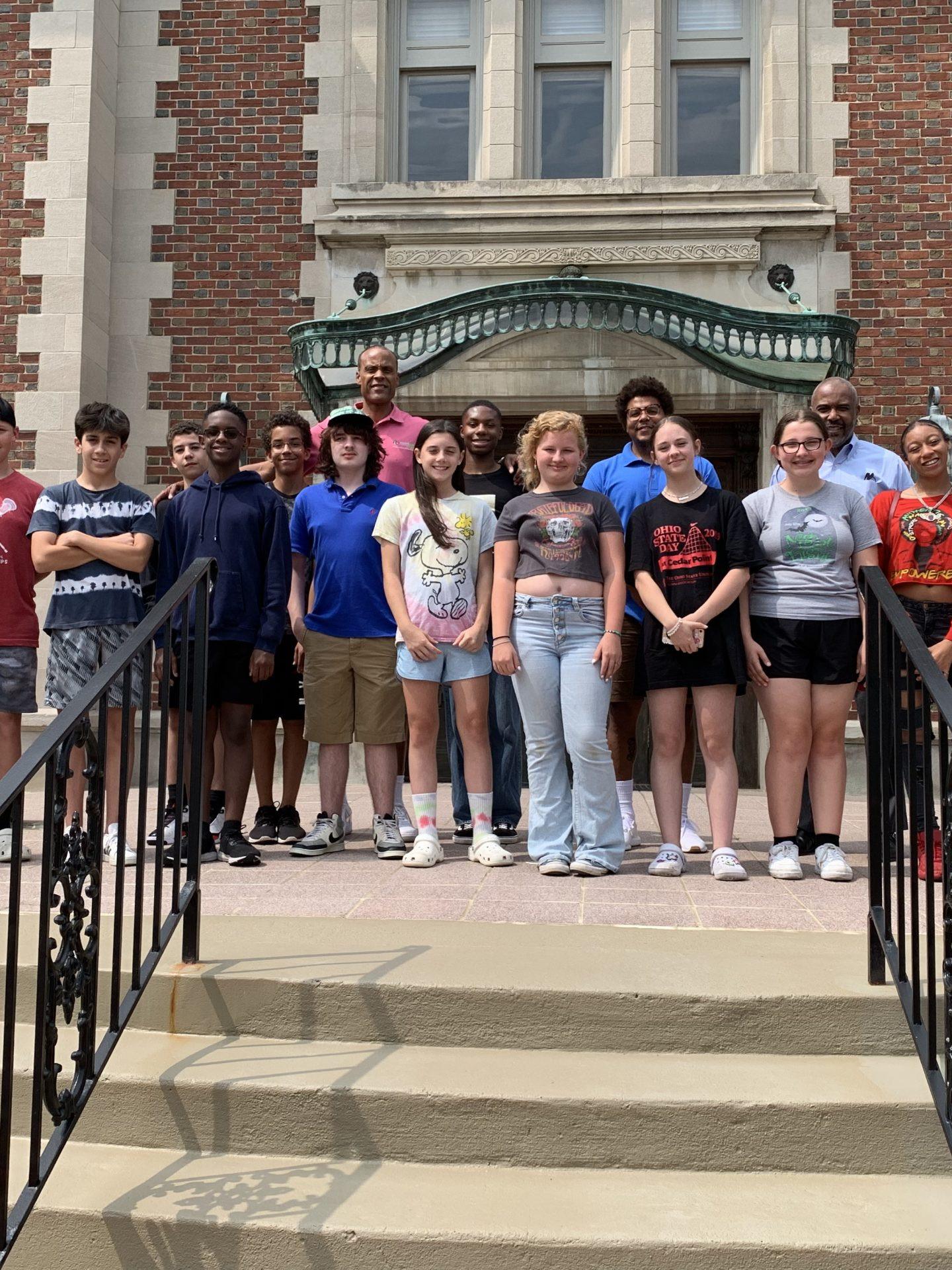
The Columbus Foundation
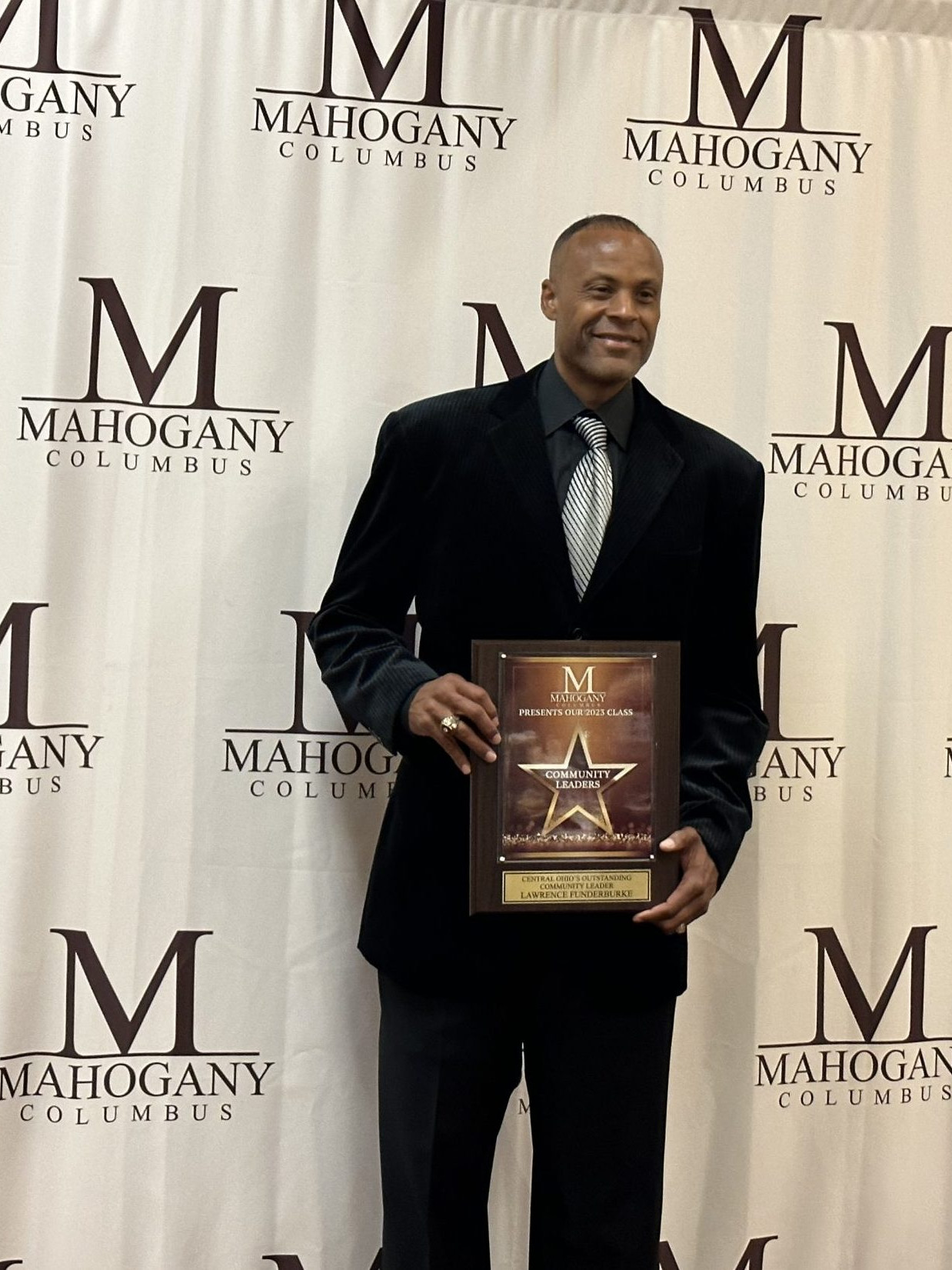
Central Ohio’s Outstanding Community Leader Award
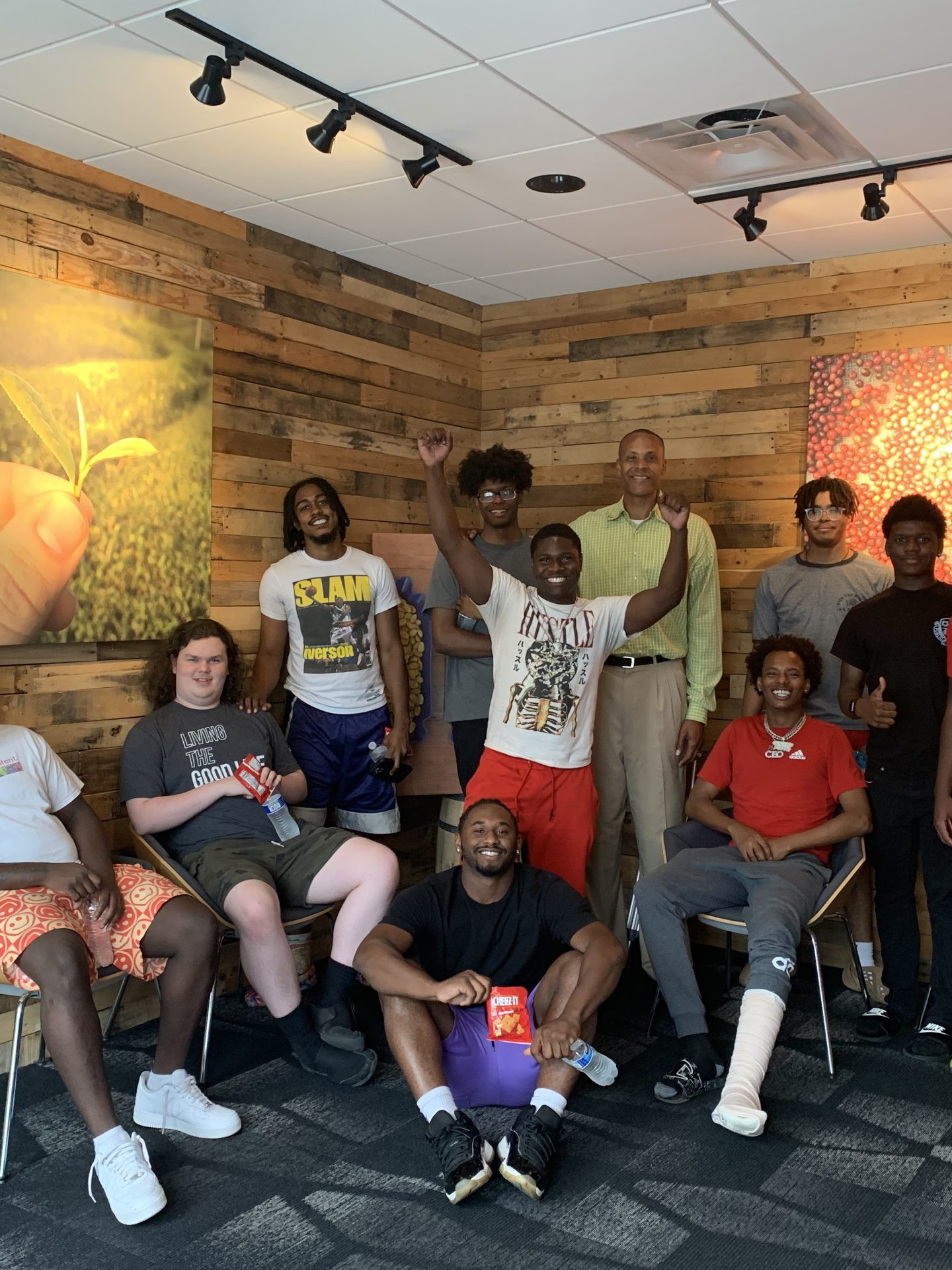
Crimson Cup Coffee Headquarters
2023 LFYO Fundraising Luncheon
The 2023 LFYO Fundraising Luncheon on September 15th at Hyde Park Prime Steakhouse was spectacular. The beautiful weather. The first-class service. The heartwarming atmosphere. Attendees were treated to scrumptious appetizers, a steak-chicken-and-salmon trio, and a delectable dessert combo. Speakers shared insights that resonated on a number of fronts, most notably how to make a lasting difference in helping vulnerable males reach outlier status as statistical anomalies. As Clark Kellogg and Gene Smith highlighted in their riveting speeches, Buckeye Nation is a family of caring souls and equally generous hearts.
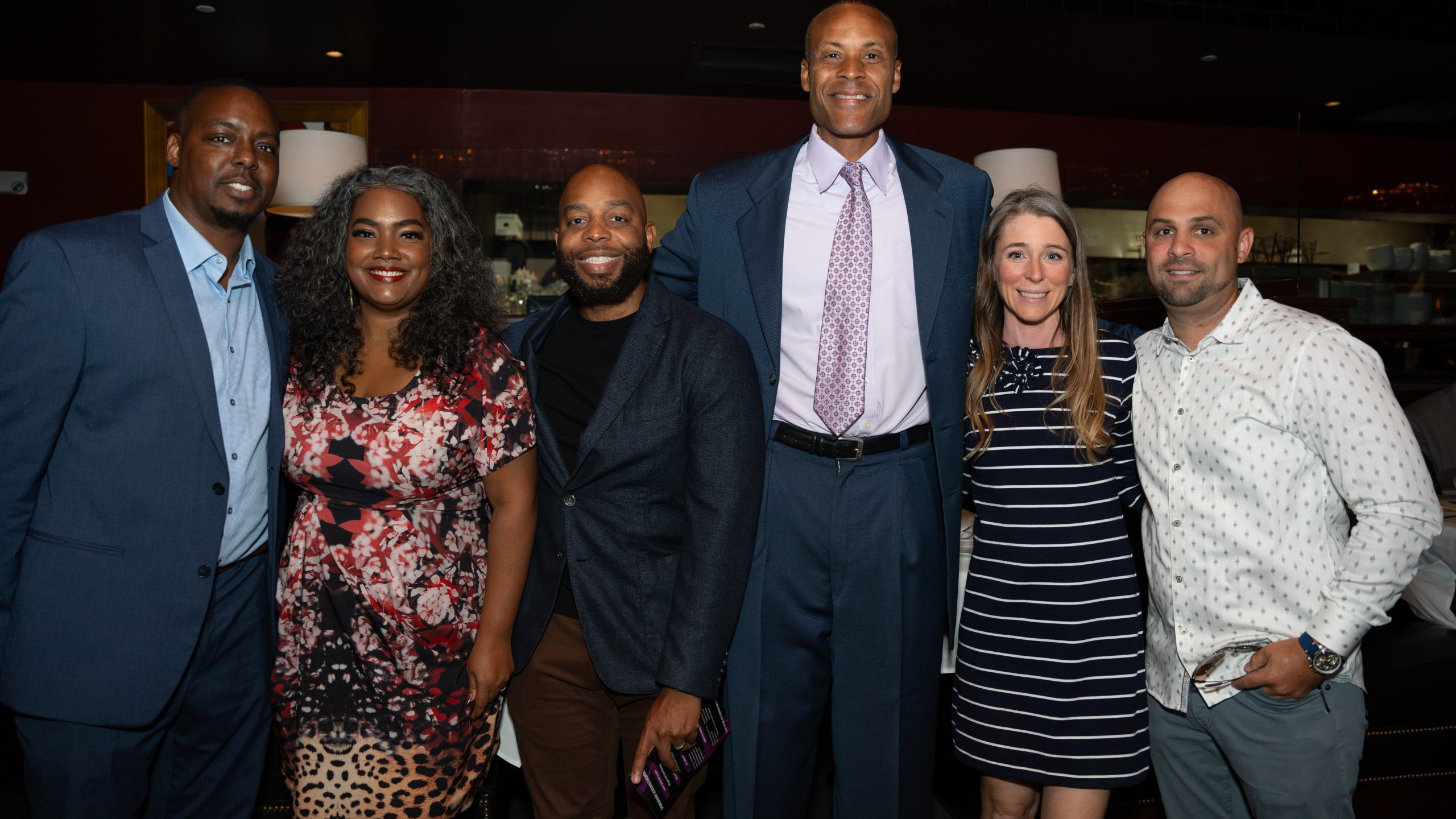
All-Star Sponsor Lindsey and Jacob Osborn (far right)
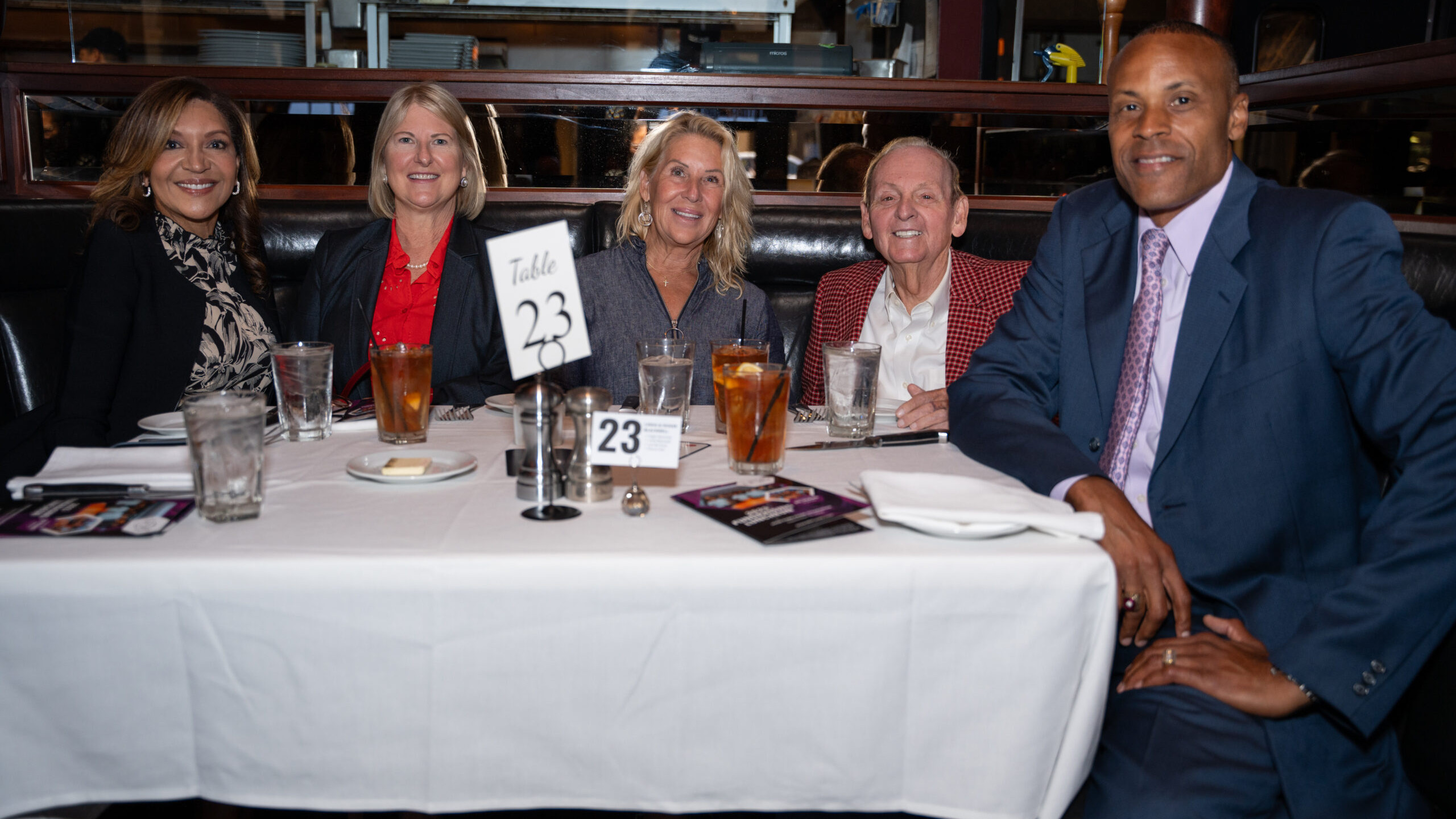
All-Star Sponsor Linda and Roger Blackwell (center right)
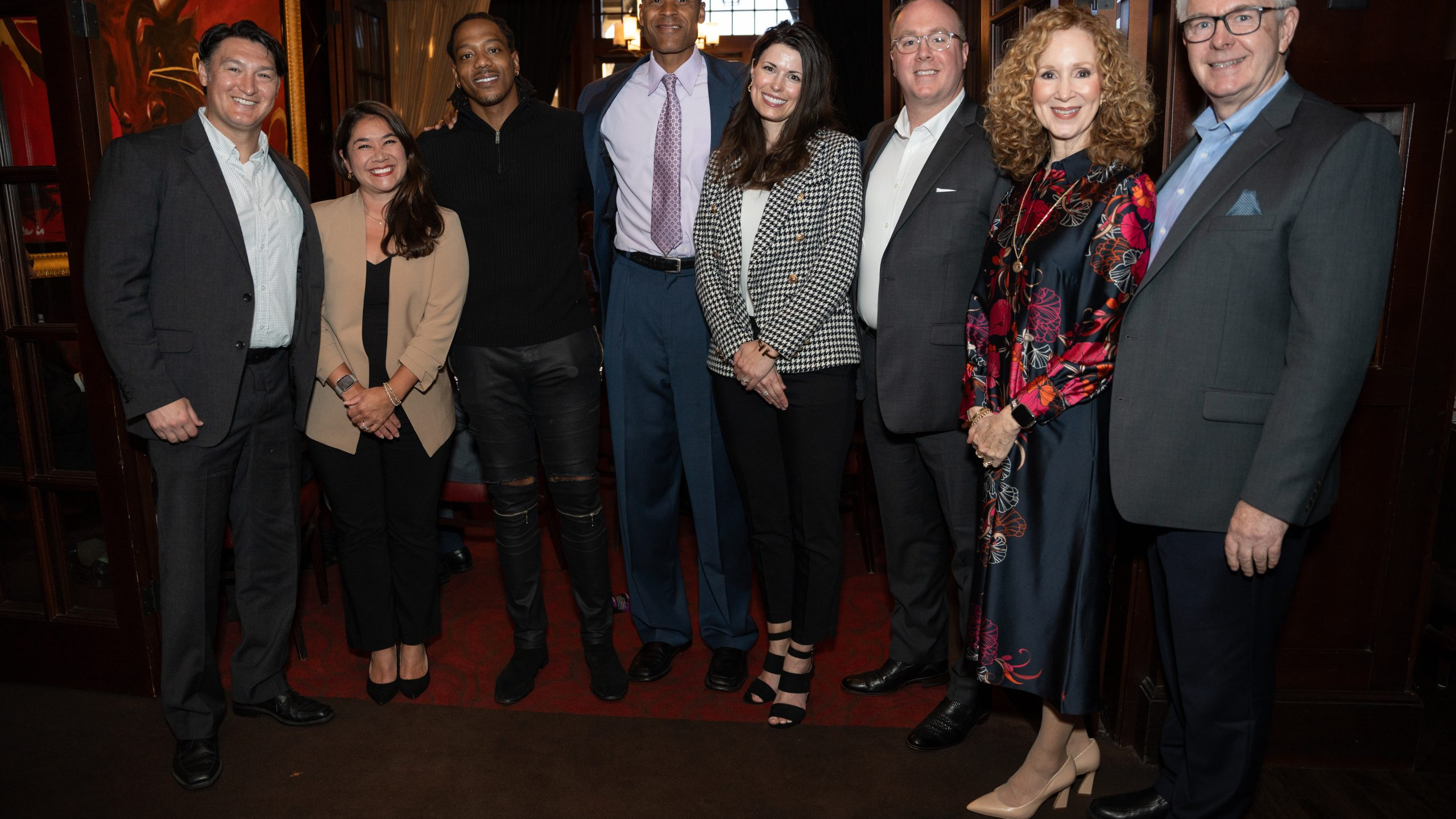
All-Star Sponsor Rebecca and Brandon McAllister (center right)
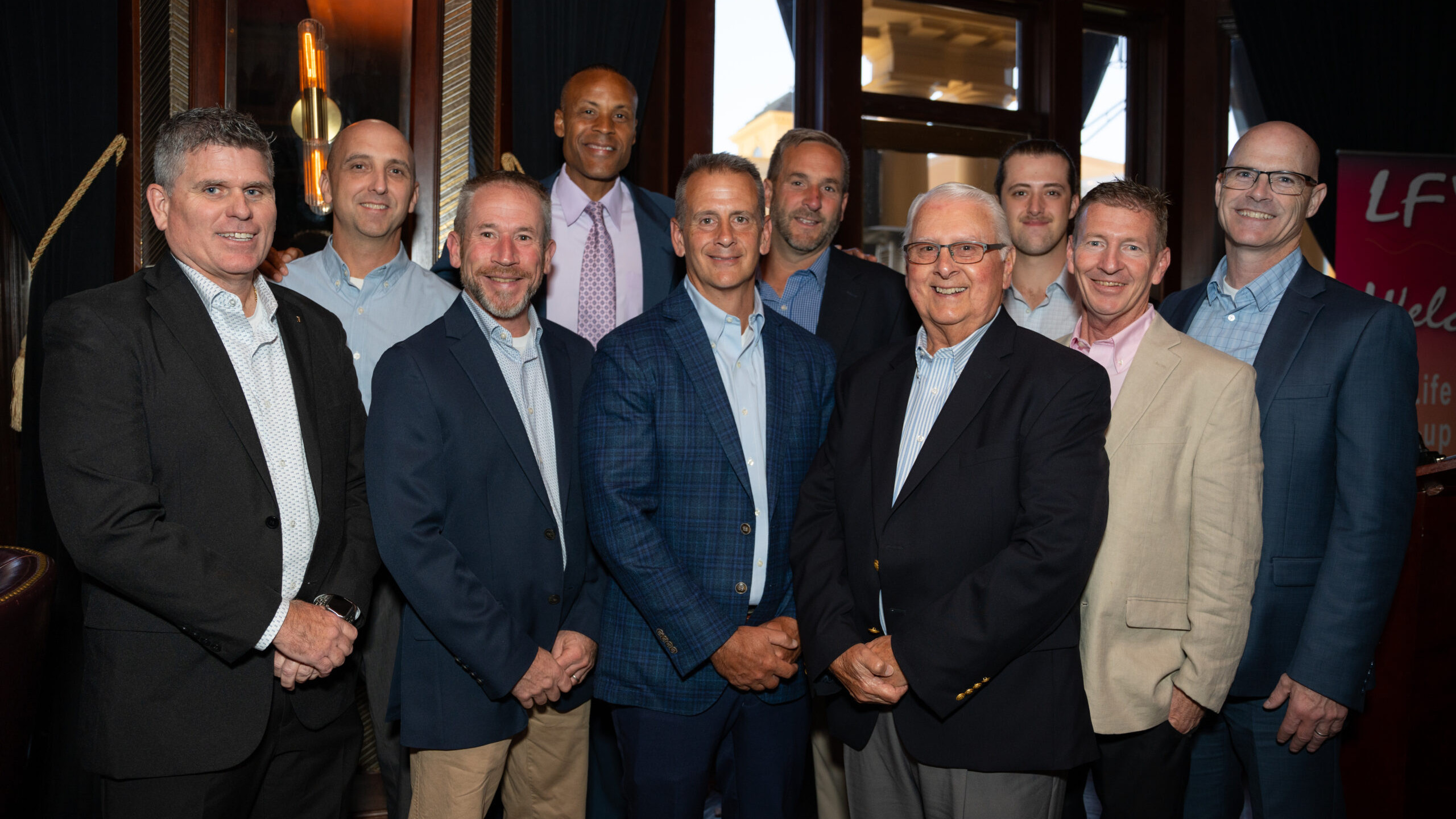
Legacy Sponsor Tom Fleming with Guests (front row center)
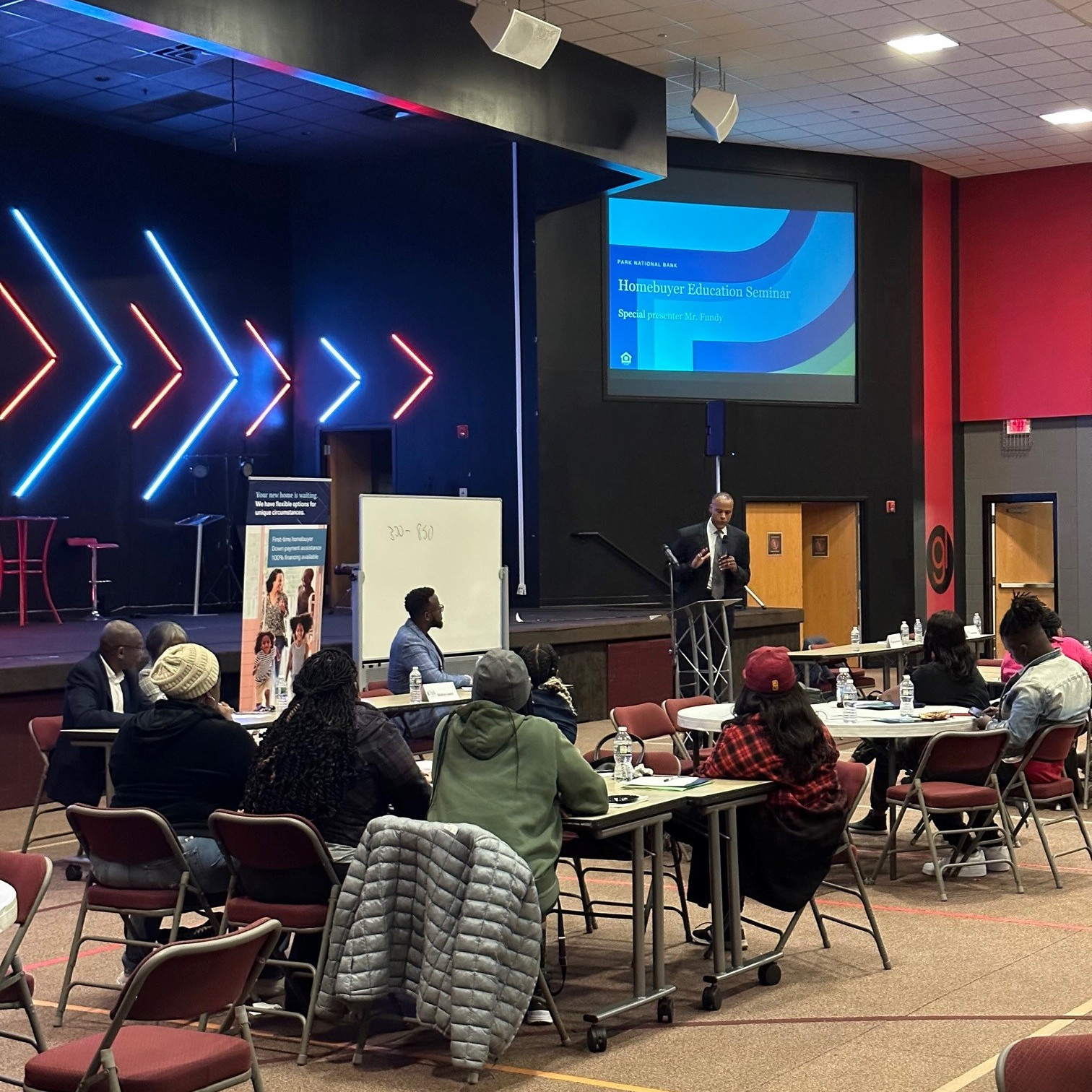
First Church of God
In partnership with The GoodLife Foundation and Park National Bank, we hosted a homeownership and economic empowerment workshop for underserved communities on November 9th.
Holiday Generosity
The holidays offer us a time to (re)connect with family and close friends. They also provide us with the privilege of helping those most in need. We want to recognize the Fahlgren family for blessing Cinnamon, a single mother of five, with groceries and Christmas presents. Tears swelled in Cinnamon’s eyes as she watched her youngest child, an adorable three-year-old, grin from ear to ear with excitement. One trip after another, the gifts kept pouring in as the Fahlgrens retrieved more and more goodies from their jam-packed vehicle. John Fahlgren is an LFYO partner and the owner of Sow Plated. Located in Upper Arlington, this is our favorite restaurant in Central Ohio. Great Food = Good Mood!


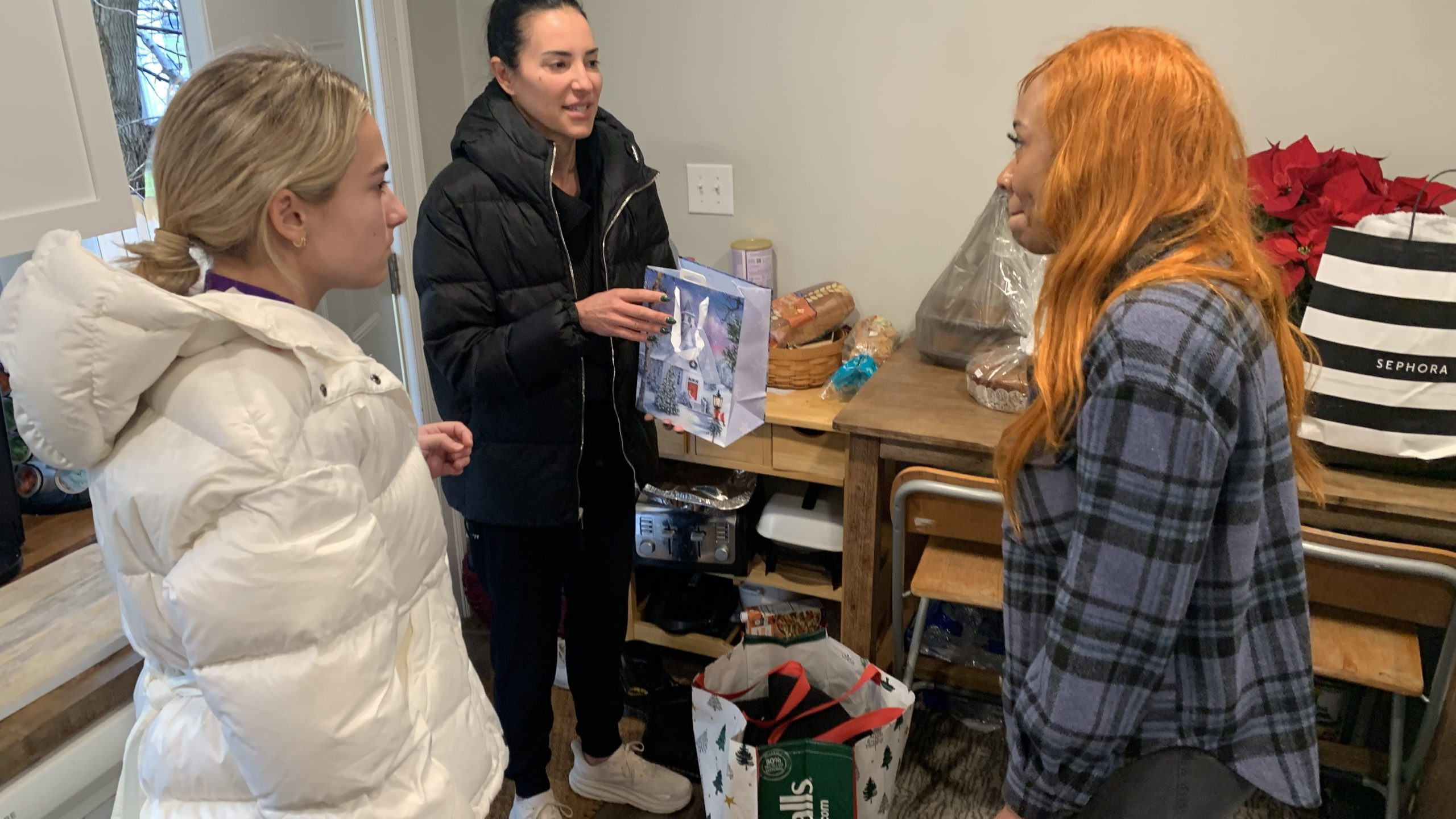
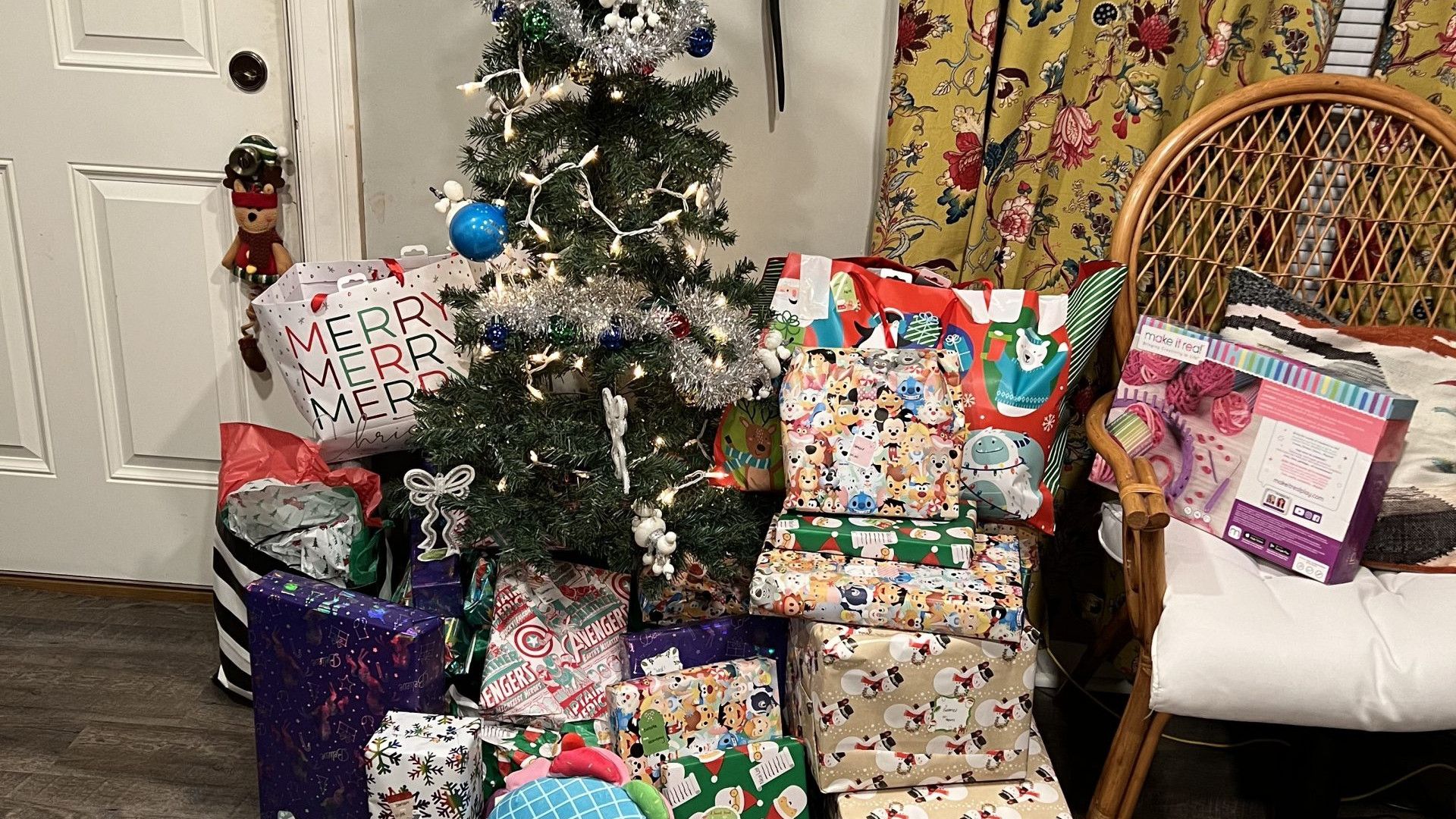
NBA Basketball Experience
Lastly, let’s talk basketball. Tom Warner was the auction winner of The Cleveland Sports Package at our fundraising event, which included a four-course dinner at five-star Morton’s Steakhouse and lower-bowl tickets to watch the Cavs play the New Orleans Pelicans on December 21st. Cavs legend, Campy Russell, donated the tickets; our seats were five rows behind the Pelicans bench. (Included in the photos are Tom, his son Grant, me, and my son Eli.)
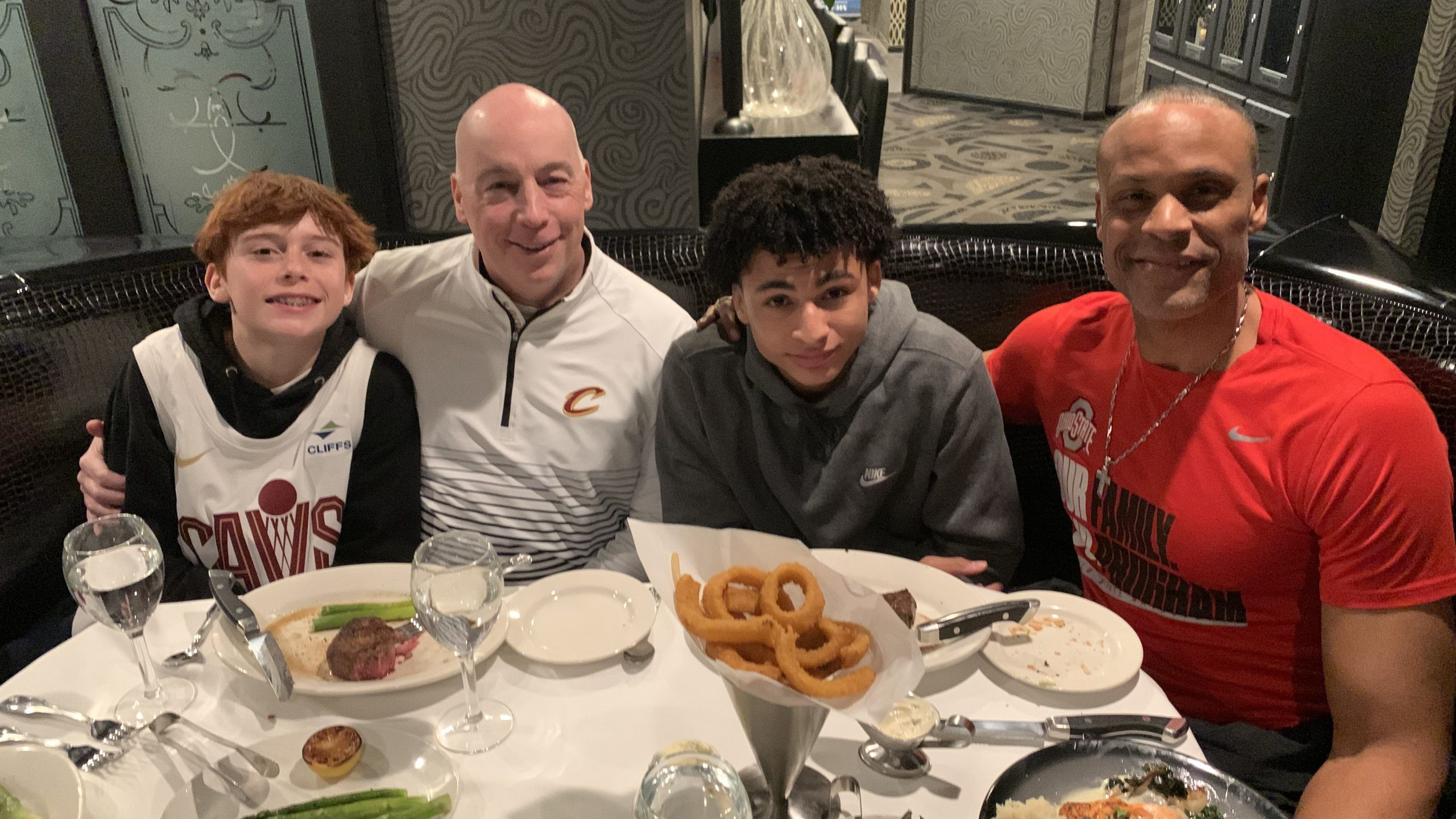
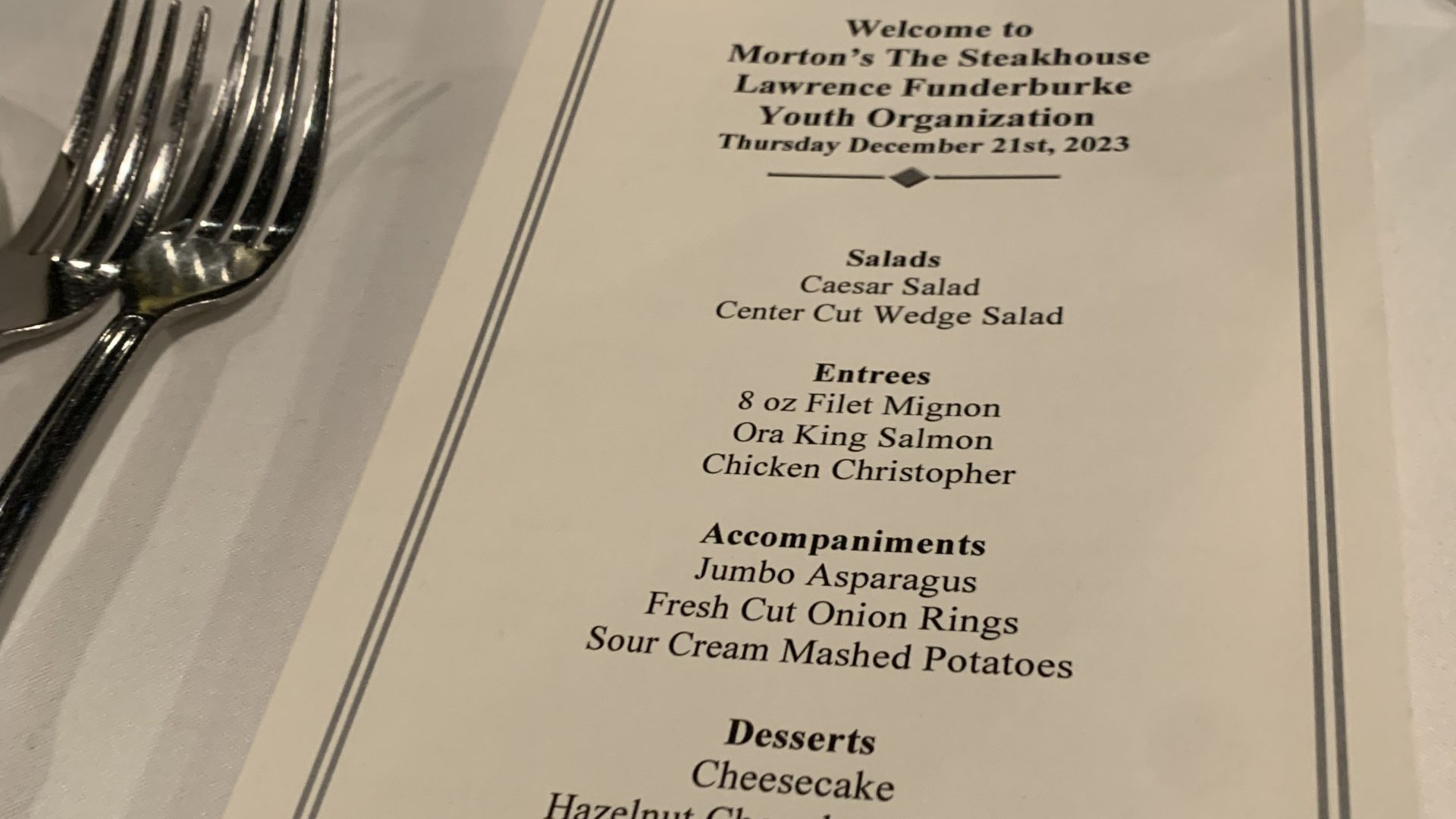
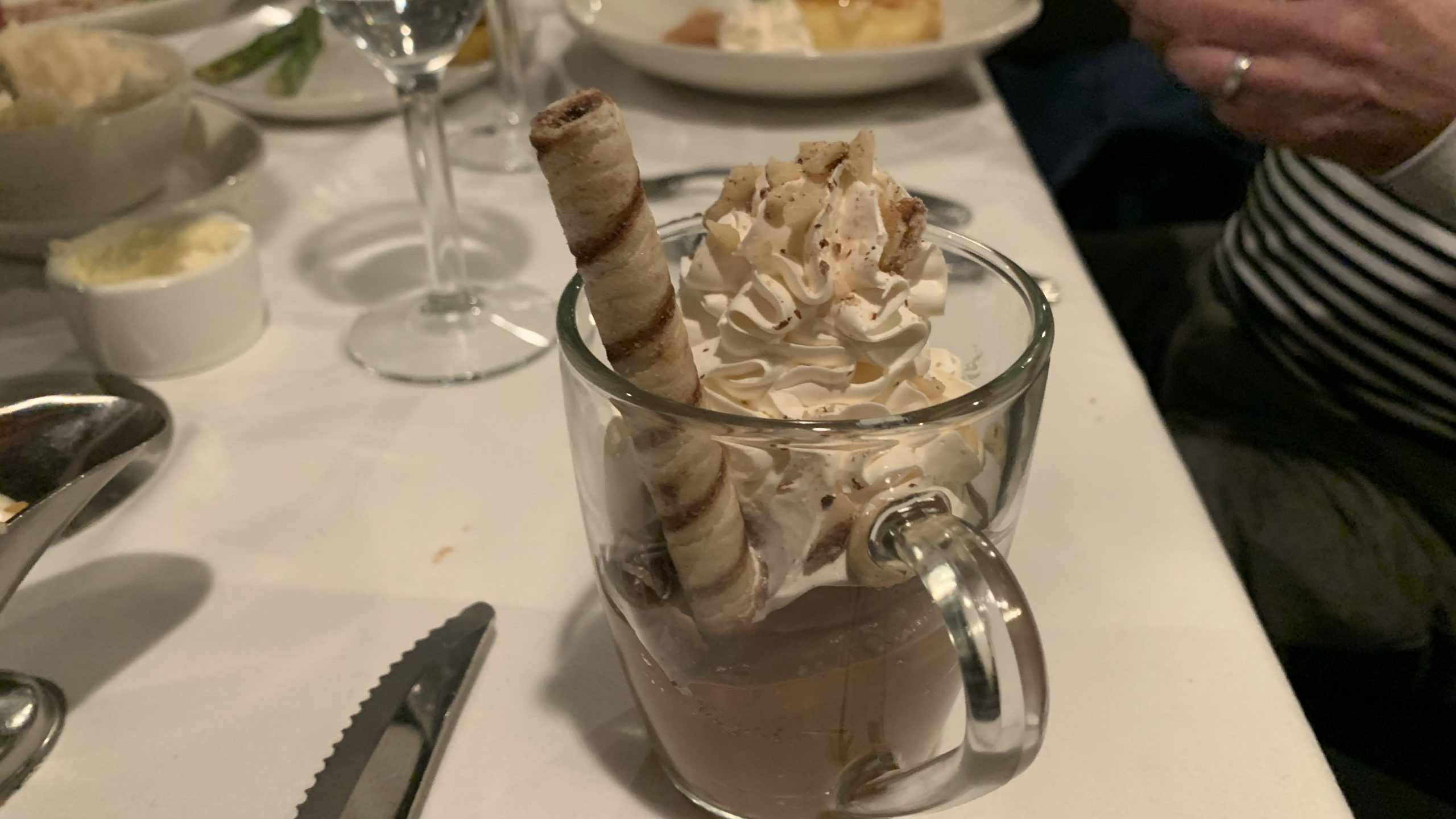
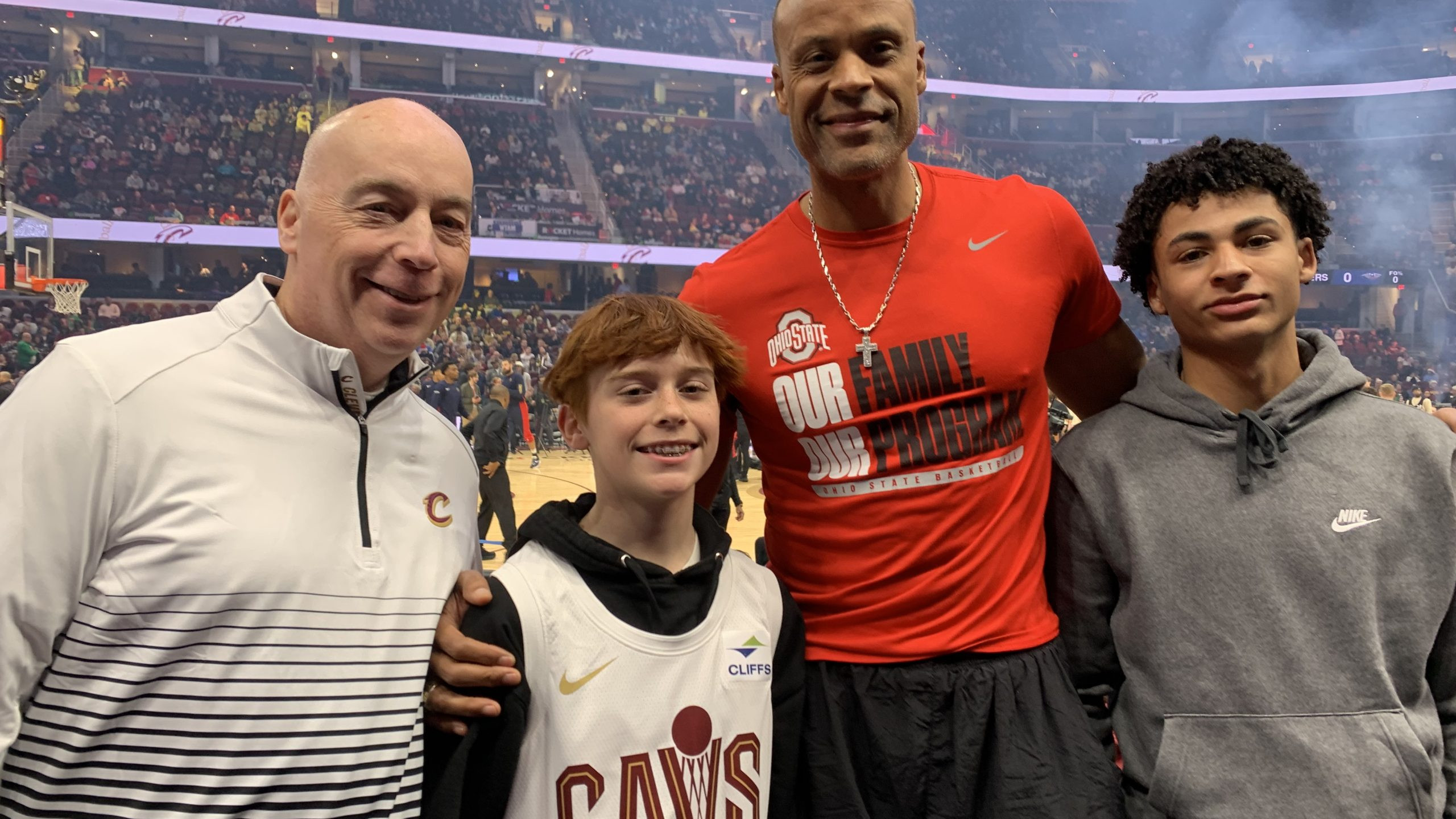
High School Basketball and Mentoring Program
The year ended with the launching of LFYO’s new initiative, The Mr. Fundy’s Mentoring Playbook for Youth and Young Adults. Mentoring concepts are crystallized through basketball terminology. Monya and I presented three workshops for the coaching staff and varsity boys basketball teams at Hartley, Walnut Ridge, and Africentric, respectively. Players were fed a deliciously healthy meal, shown how to identify and articulate their personal brand, and given the template for lifelong success as outlined in our mentoring playbook poster. I’ll share more insights on mentoring in a five-part series throughout this month. January is National Mentoring Month. Time for you-me-us to step up our influence game personally, professionally, and philanthropically.
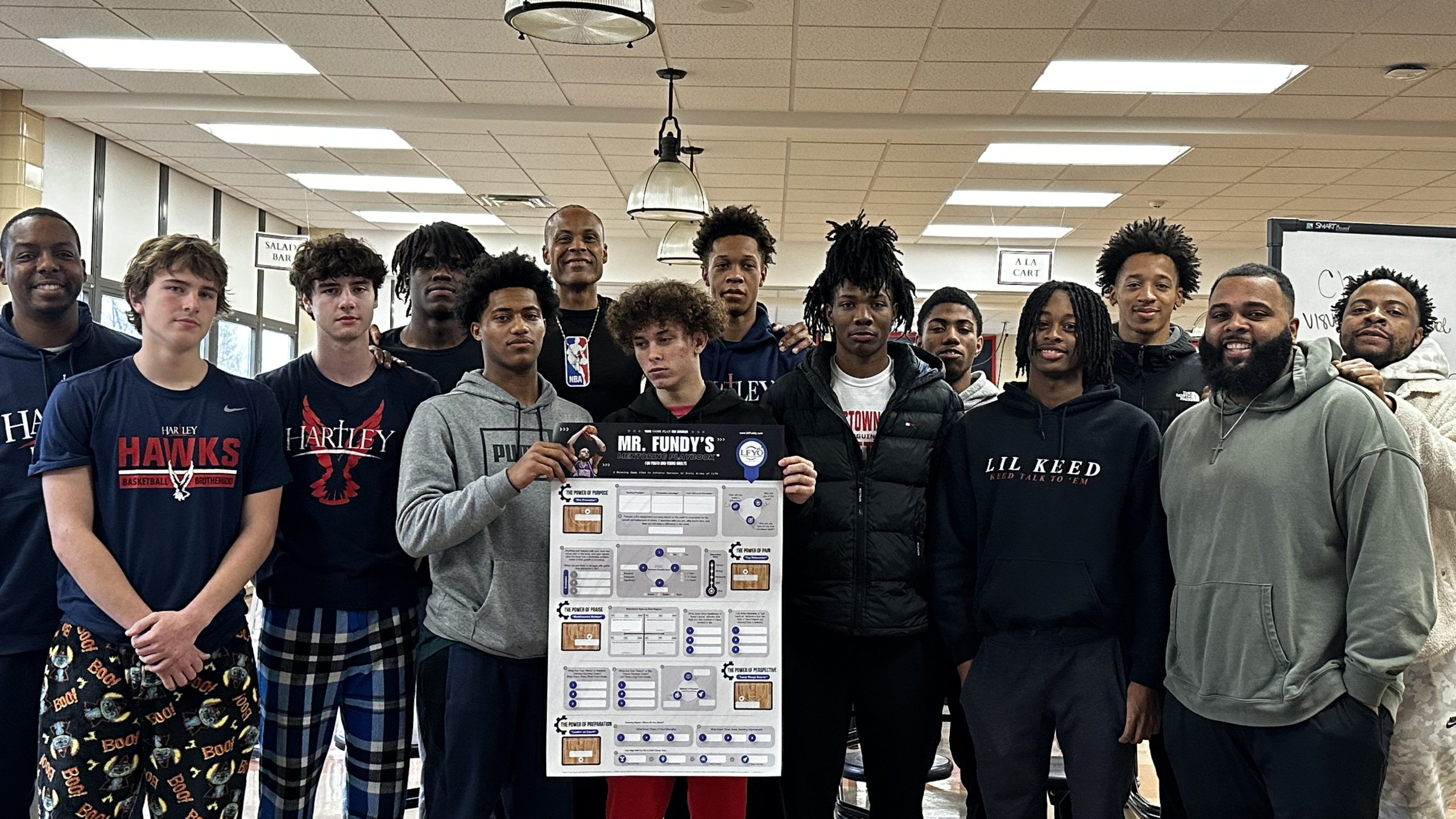
Bishop Hartley Varsity Boys Basketball
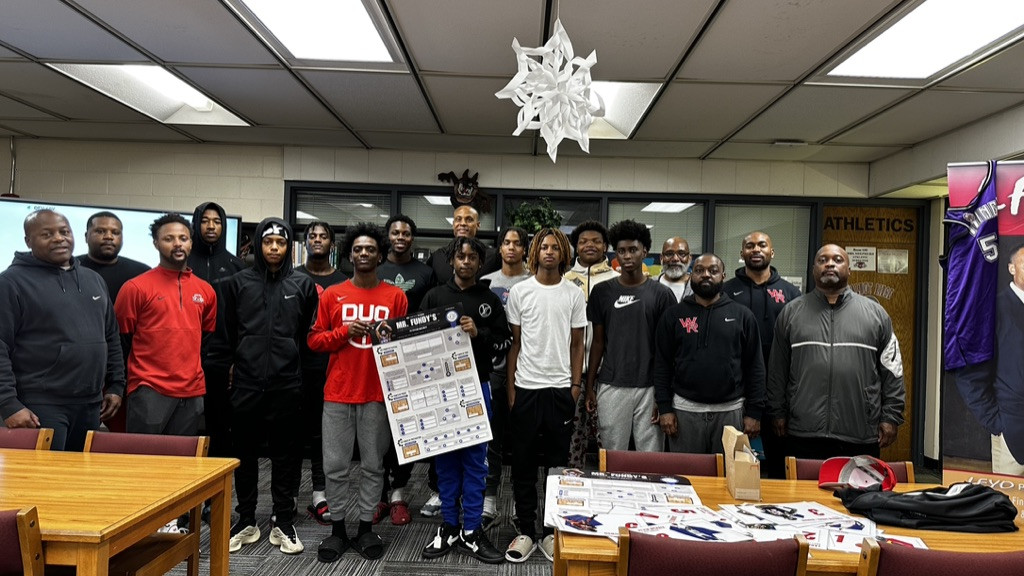
Walnut Ridge Varsity Boys Basketball
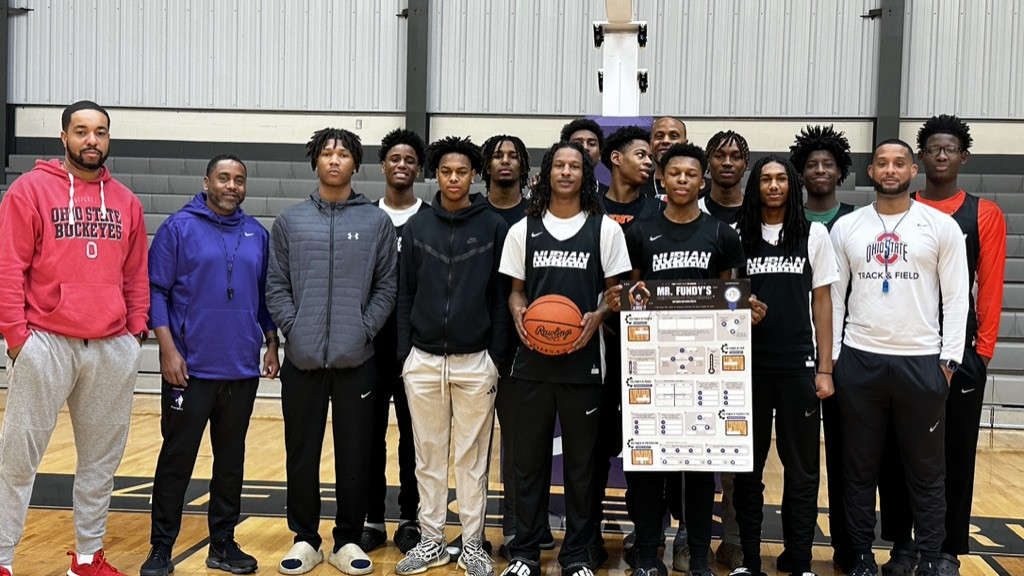
Africentric Varsity Boys Basketball
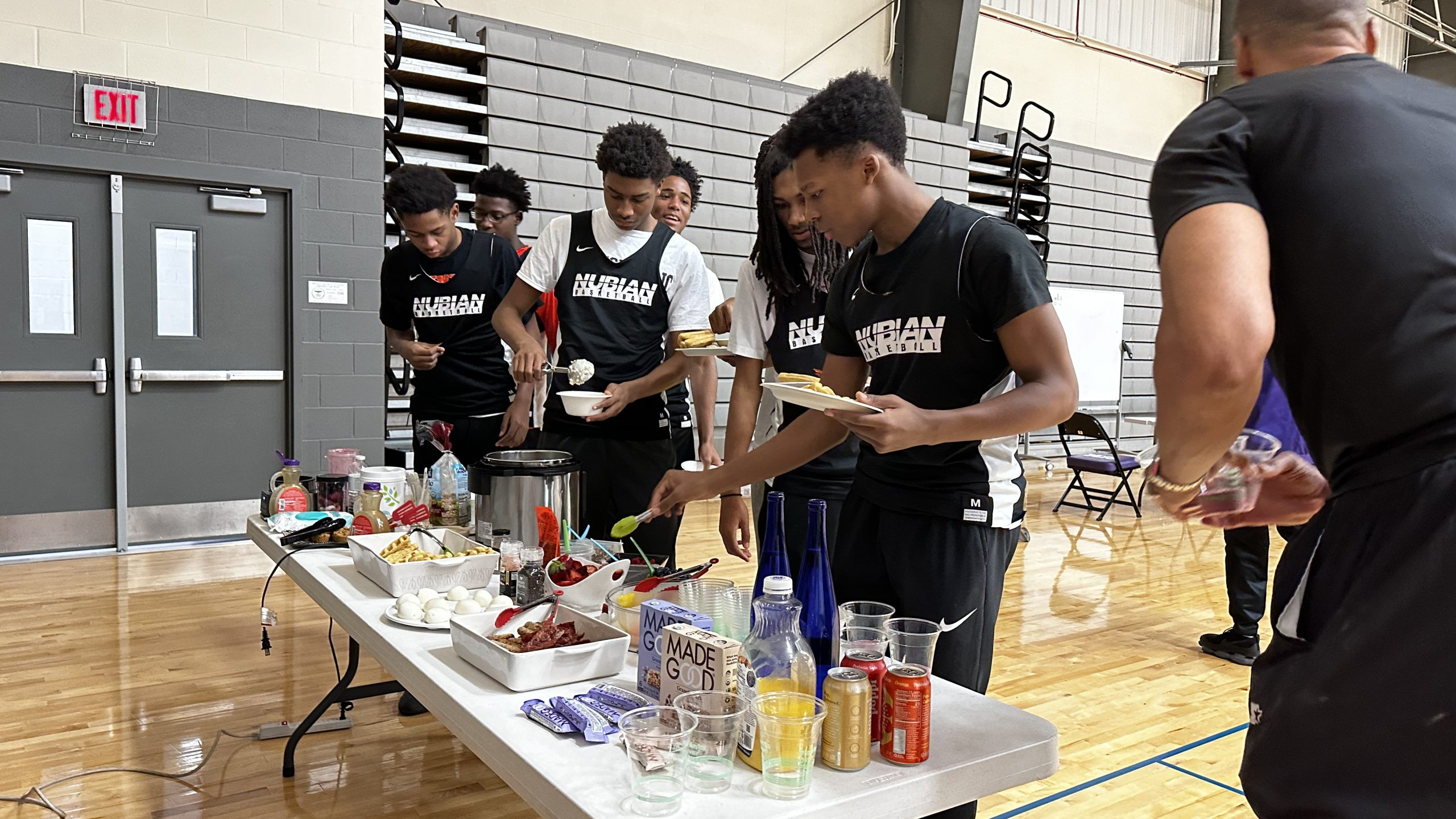
Deliciously Healthy Brunch
With your support, we can continue to make a real difference in the lives and legacies of vulnerable communities
Fundraising Luncheon Email and Social Media Blast
2023 LFYO Fundraising Luncheon Is Right Around the Corner
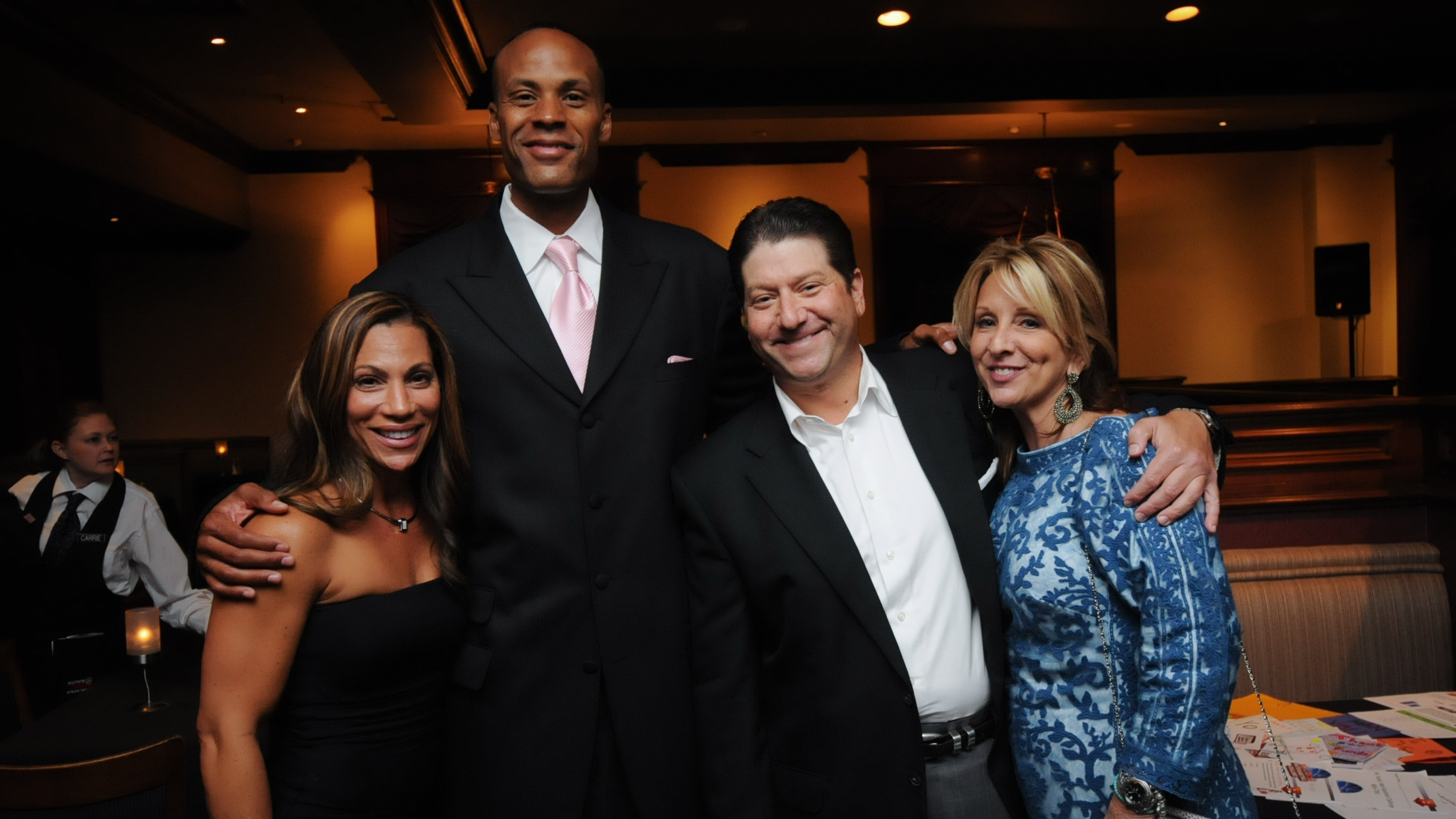
On behalf of my wife, Monya and I, we are excited to meet attendees, many of you, at the LFYO fundraising luncheon on September 15, 2023. We will be celebrating 25 years of service to Ohioans. Over the years, we’ve offered empowerment-based initiatives in every corner of the state. Our mission is straightforward … To improve the life prospects and legacy pathways of vulnerable populations through targeted programming in the following areas: financial wellness, personal branding, professional development, college and career readiness, mentoring guidance and life coaching, social and emotional learning (SEL), and brain development exercises for autistic children with IDDs.
In sports, setting the tone for success early in the game improves a team’s chances of achieving a favorable outcome when it ends. That “early start” can segue into sustained, positive momentum throughout the season. What happens when an individual, family, or community struggles in the first quarter of life? They often scramble to play catch up, swinging for the fences with get-rich-quick schemes to combat poverty’s plight, throwing hail Mary bombs down the field to make up for punishing life penalties, or taking long-distance threes, really ill-advised shots, when two-point layups are more effective as the opportunity clock winds down. As time moves on however, the compounding effects of life quarter hangups and hiccups create an even deeper scoring deficit for them and their unsuspecting offspring to overcome.
At our fundraising event, we’ll highlight this sports-based life theme by asking a simple question: What if our country, companies, classrooms, communities, and civilities played team ball? How much better would Team America be? Why should we really care in our me-first world? Who would be willing to come off the bench and play a supporting role? Where do we even start, let alone navigate this tumultuous course? Ohio State Athletic Director, Gene Smith, gets it. Non-revenue sports teams at OSU are given the same opportunity to succeed as the two revenue-producing sports teams — men’s basketball and football. For nearly two decades, that’s how OSU athletics, under the guidance of Smith, has played team ball. That’s why we’re recognizing him at our luncheon. Other Buckeye greats in attendance will include Coach Chris Holtmann, Clark Kellogg, Ron Stokes, Dee Miller, and 2003 national champion Mike Doss, among others. (Yes, I understand some of you aren’t Buckeye fans.)
Take a look at the event details for our fundraising luncheon on September 15 …
First-Half Lineup 11:30 AM — 12:30 PM
Registration, Networking, Hors D’Oeuvres, and Silent Auction
Second-Half Lineup 12:30 PM — 1:30 PM
Lunch, Program Opening Remarks, Guest Speakers, and Closing Comments
We will have 12 spectacular silent auction-item packages to bid on. Yes, packages. Here are five of them …
Silent Auction Item #1
OSU Basketball Dream Experience
Four-course dinner for 3 with former Ohio State player Lawrence Funderburke before the game at a five-star restaurant, 3 tickets behind the OSU bench to watch the Buckeyes against a top-tier opponent, group picture on the basketball court and a private tour of the locker room after the game, followed by a meet-and-greet with players and coaches. Go Bucks!
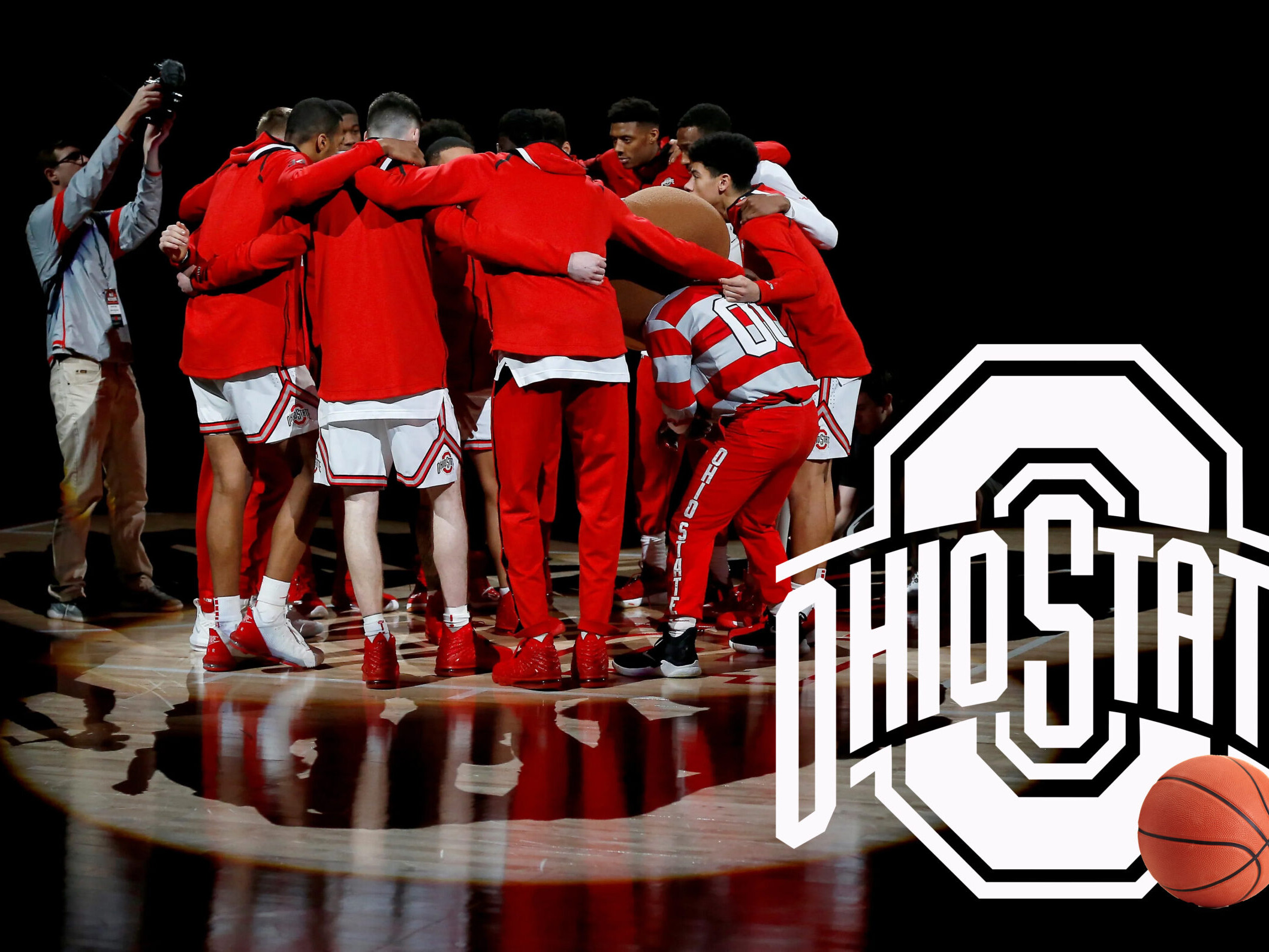
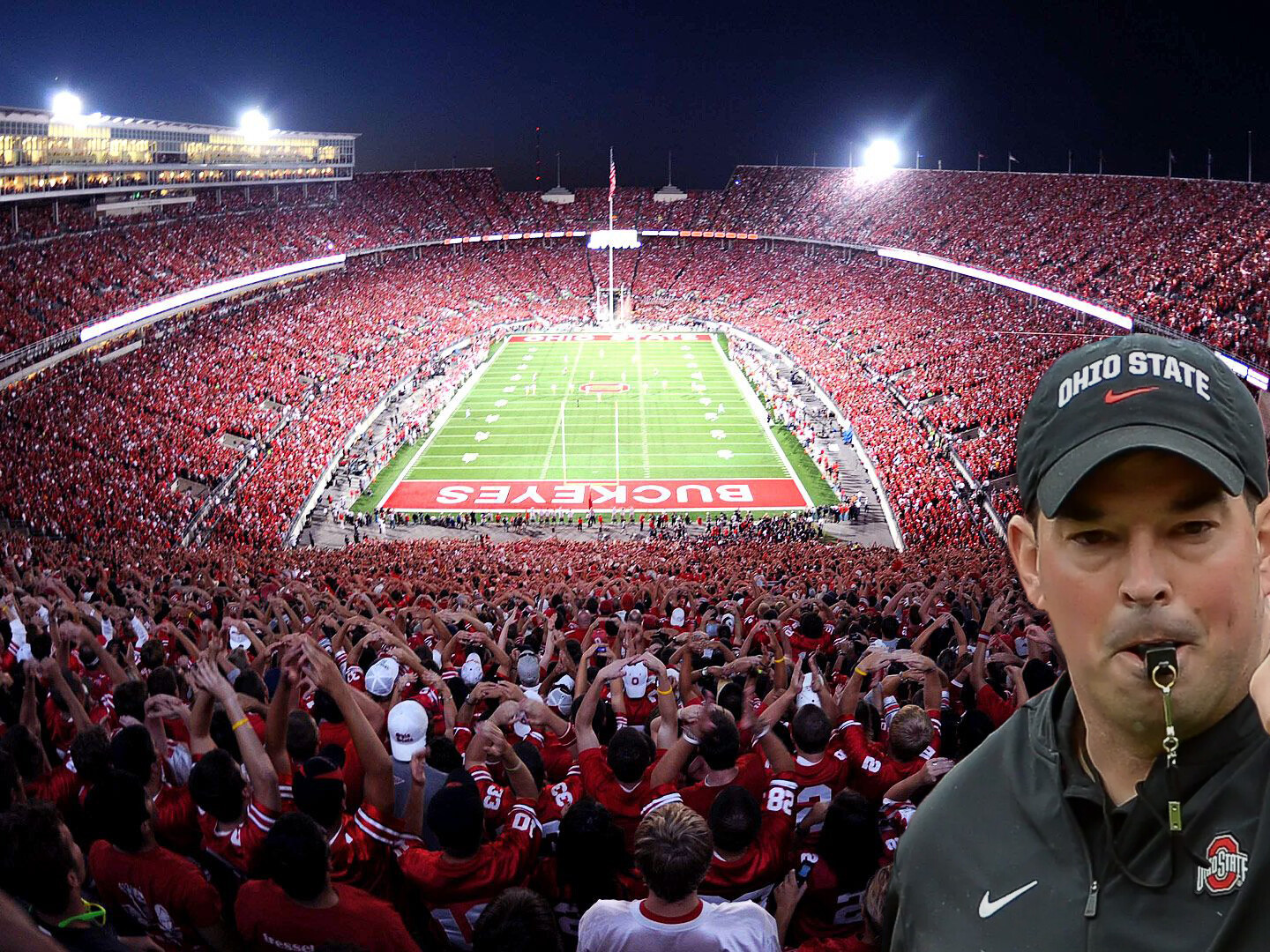
Silent Auction Item #2
OSU Gridiron Package in the Shoe
O-H … I-O. Watch the Buckeyes play Maryland at home on October 7, 2023. Noteworthy package includes 4 Fisher Pregame Brunches three hours before tipoff, 4 premium lower-bowl tickets, and an autographed football by legend-in-the-making, Coach Ryan Day.
Silent Auction Item #3
Golf Enthusiast's Trifecta Perfecta (Package #1)
This golf package consists of a round of golf for 3 with Lawrence Funderburke at The Ohio State University Golf Club (Scarlet Course), a round of golf for 3 at Columbus Country Club, a round of golf for 3 at New Albany Country Club, and a one-hour golf lesson with PGA member and legendary instructor, Gerry Hammond. Let’s play!


Silent Auction Item #4
Girlfriends Pamper-Me Nice Package
Ladies, be treated like the queen you are to a pampering session for 2 at Woodhouse Day Spa. Enjoy a full-service revitalizing treatment for your mind, body, and mood. Get your ‘shop’ on at Easton with a $200 gift card and then ‘drop’ your bags to enjoy a wonderful meal at Cut 132, the newest upscale dining establishment in Central Ohio. You deserve it!
Silent Auction Item #5
Fine-Dining Experience with a Super Chef
Enjoy dinner for 8 at your private residence with Chef Jim Warner, a renowned culinary specialist for professional athletes, esteemed dignitaries, and high-profile CEOs. This unforgettable experience includes a delectable five-course meal that is sure to satisfy the eyes and palates of your awestruck guests. Bon appetit!
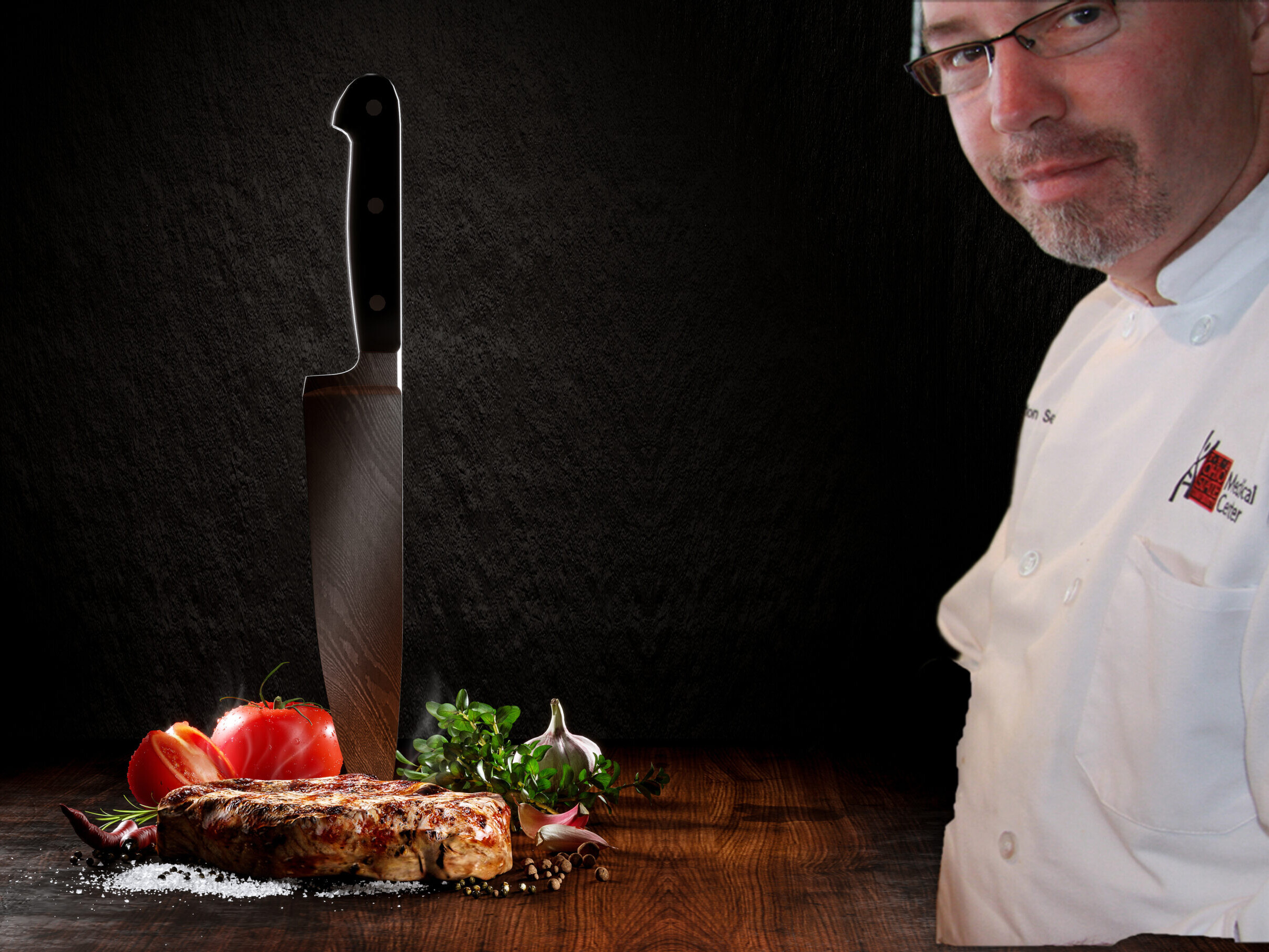
At the fundraising luncheon, all proceeds from the sale of my three books —Sociopsychonomics, The Stewardship Playbook, and Momentum Power Play — will be used to support LFYO. Click the link below to learn more about these books.
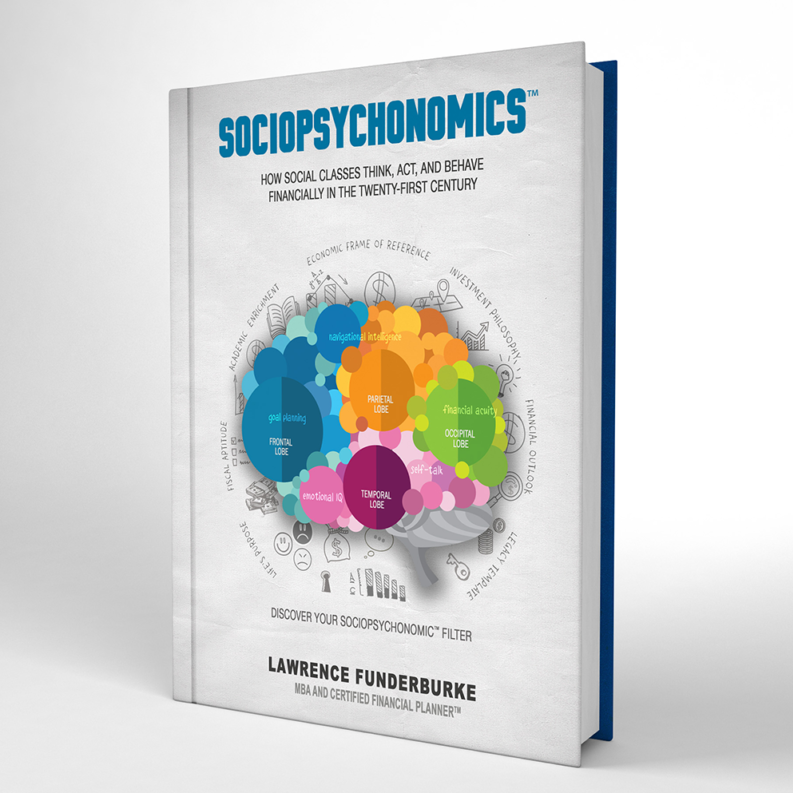
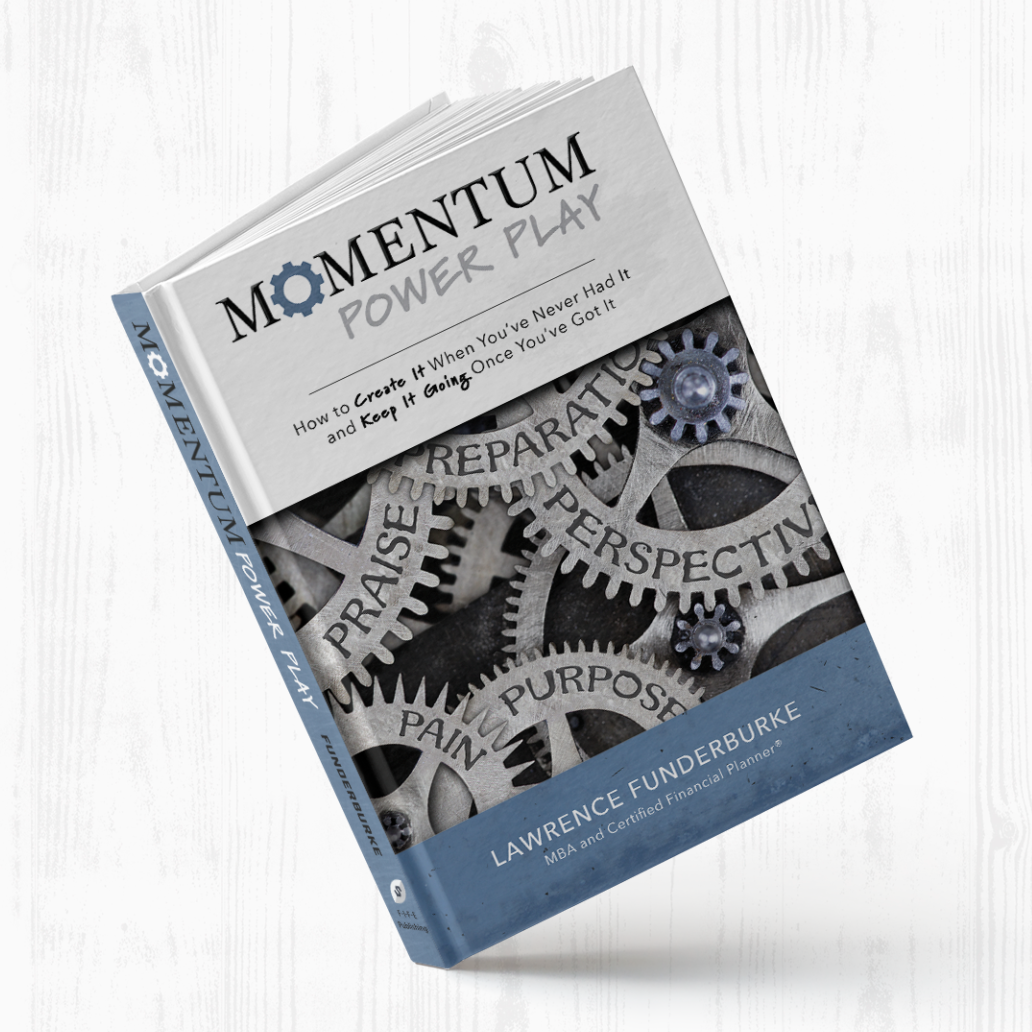
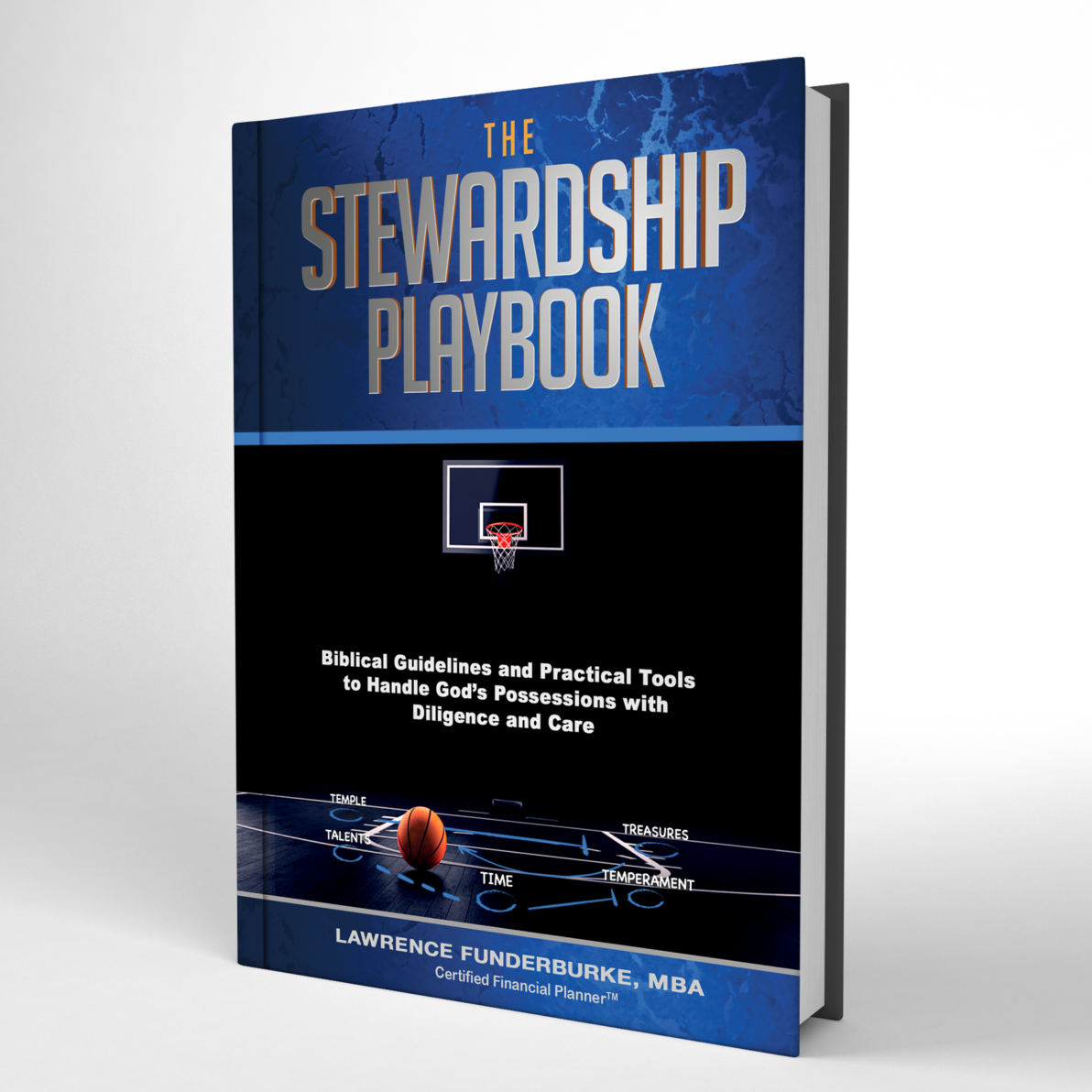
Lastly, I want to give a special shout-out to our amazing sponsors …
2023 LFYO Fundraising Luncheon Sponsors
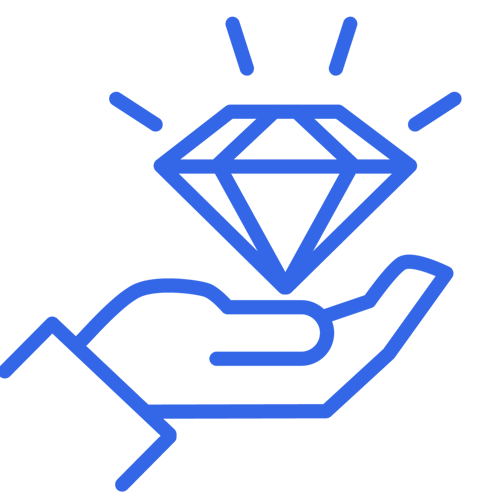
Legacy – $50,000
Maggie and Tom Fleming

Hall of Fame – $10,000
The Robert Weiler Company
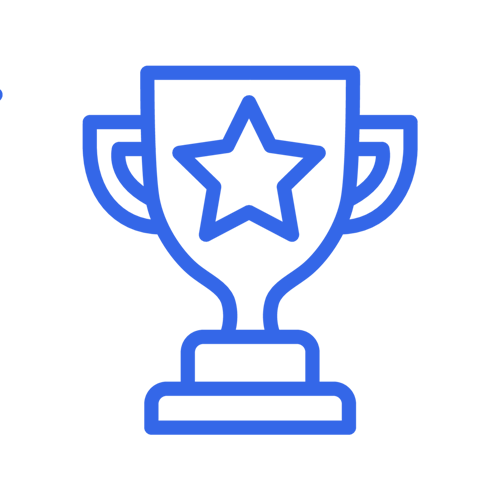
All-Star – $5,000
- Huntington Bank
- Advanced Civil Design
- Monya & Lawrence Funderburke
- Terri & Gary Schottenstein and Family
- Carol and Randy Ayers
- Rebecca and Brandon McAllister
- Lindsey and Jacob Osborn
- Linda and Roger Blackwell
- Michelle Moore and David Houze
- Daniel Levitt

Superstar – $2,500
- First Merchants Bank
- Muskingum County Community Foundation
- Uckele Nutrition
- Thompson Concrete
- Abby and Andrew Crum
- Jim Frey Real Estate Advisor, LLC
- Rich Russo Realty
Chillicothe Wellness Workshop
Chillicothe Wellness Workshop
In Appalachia Ohio, 10 percent of the population are people of color, and yet, this demographic only receives 3 to 4 percent of the outreach dollars to impact this vulnerable area of the state. In partnership with the African American Community Fund, which exclusively serves Appalachia Ohio, LFYO presented a four-hour wealth and health workshop for black and brown Chillicothians on August 12th. Given the fact that my wife Monya grew up there as a child, this place is near and dear to my heart. Like so many southern Ohio towns, Chillicothe has seen its middle-class lifestyle become more and more constrained by factors outside and inside their control. They’ve also watched their most marketable quality — a rock-solid work ethic — result in less and less residual benefits. Blue-collar jobs lost in the 1980s due to global outsourcing forces to produce cheaper products at lower wages was the unfortunate catalyst. The resulting fatherless crisis (driven by purposeless adult males), drug dependency epidemic, and overall hopelessness have crippled the region. It’s a tale of two vastly different worlds. A shrinking minority have capitalized on an oasis of opportunities as risk-seeking entrepreneurs, real estate investors, and revered philanthropists. The expanding majority view life as one painful voyage with little hope for a promising future but full of legacy-altering, coulda-woulda-shoulda regrets. To most Appalachia Ohio residents, their opportunity glass is always half empty.
Our empowerment goals were clear-cut throughout the wellness workshop. Teach participants the language, lingo, and labeling of wealth and health through sensory-based approaches. All three — language, lingo, and labeling — embrace personal discomfort. Of course, no growth can occur without an upgraded mindset. An individual’s expectation of the future changes when exposure and experience are both transformed in the present. And it’s hard to get someone excited about a future that hasn’t been seen before. Thus, we familiarized participants with the investment world, a key pillar of a well-constructed financial plan. Investing is arguably the biggest stumbling block for any racial demographic, especially those who suffer from “math anxiety.” Investing in math is complex, but it doesn’t have to be complicated. Of course, it can serve as a compound interest friend or foe. (The bulk of the workshop was spent on investing. Typically, blue-collar communities instinctively understand the basics of personal or family finance — live below your means, avoid unnecessary debt, and maintain a respectable credit score. But most middle-class households in rural Ohio know very little about the stock market, even when working for recognizable, publicly traded companies.)
First up was The Portfolio Management Game, one of our signature learning modalities to bridge the growing and glowing opportunity divide in America. This PDF app crystallizes the world of investing in a language that’s relatable, palatable, and sustainable to every social class group. Each player is given $1,000,000 to invest in various investment options, including cash/cash equivalents, stocks, bonds, mutual funds, index and exchanged traded funds, private equity, and hedge funds. At the onset, though, an analysis of one’s risk tolerance and financial goals serve as key drivers of portfolio construction decisions. Participants must wait with bated breath as they watch how global economic factors and conditions impact — positively or negatively — their million-dollar portfolios on a macro level through four scenarios. Of course, taxes, inflation, diversification, and asset allocation are additional considerations of this real-world, simulated game.
The Portfolio Management Game was the perfect segue into the Mr. Fundy’s Stock Pro Game, a hypothetical investment game with both macro and micro components. Participants assessed the dynamics of large-cap, mid-cap, and small-cap stocks from a value-investing perspective. Each participant was given $1,000,000 to invest in five companies, which consisted of 10 large cap, 5 mid cap, and 5 trim cap options. From banks to airliners to software developers to clothing and apparel manufacturers as well as other industry categories, participants admitted that selections were made based on their “familiarity profile” — what they knew, who they trusted, and how they shopped in terms of products and services. Key metrics in the Mr. Fundy’s Stock Pro Game included earnings per share (or EPS), price-to-earnings ratio (or P/E ratio), dividend yield, return on assets (or ROA), and return on equity (or ROE). They were shown how to calculate market share (stock price x # of shares outstanding). Also, participants were taught how to find the missing variable in an algebraic equation when two out of three variables are known. For example, if earnings per share and number of shares are stated, then total earnings or net income can be found through deductive reasoning.
As a race, we’re behind the ball financially. And not much has changed for our wealth picture since The Emancipation Proclamation of 1865, which supposedly set us free. Blacks spend more money on food, clothing, and entertainment than any other ethnic group. What we touch as loyal consumers, we usually buy based on how it’ll make us feel. Who we wear regarding designer labels, in our minds, plays a large role in how we’re viewed, accepted, or denigrated in the eyes of others. Where we find laughter and enjoyment, is how we escape from our real or imaginary pain. As U.S. congresswoman Joyce Beatty once shared with me several years ago, “We, black folks, need to be on both sides of the cash register.” It’s time for us to break free from what holds us back as a people — feeling a certain way before we do a certain thing. Feelings can serve as a barometer, but they inevitably make a terrible guide. In the last hour of the workshop before Chef Jim Warner’s cooking demo, rule-of-thumb averages were highlighted in the five areas of comprehensive financial planning using a case study as the backdrop: life planning, financial management, investment planning, income and asset protection, and estate planning. (In general, it takes a minimum of 20 hours of intensive training to construct a viable foundation in personal or family finance. And scaffolding attributes to accumulate, protect, and distribute legacy wealth involve countless hours more.)
Chef Jim Warner wrapped up the workshop with a stellar presentation on healthy eating. Over the years, he has prepared meals for Kirk Herbstreit, Joey Galloway, Michael Redd, “Beanie” Wells, and yours truly. He discussed the important role nutrition can play in the lives and legacies of those who prioritize wholesome eating. Yes, it’s a matter of life or death every time we sit down to eat. Real food helps us think better, feel better, and do better. Warner highlighted, “Start today by making small changes in what you eat and drink.” He added, “Pay the price now so that you can reap the rewards later.” Every delicious food item prepared by Chef Warner was gluten-free, GMO-free, dairy-free, additive-free, soy-free, and pork-free (but not taste-free). Organic foods may cost more, but the benefits far exceed conventional alternatives. Even on a limited budget, quantity and quality of life are greatly improved when consuming foods that are good for the brain, belly, and body. Pay now, play later. Or, play now and pay later. Doesn’t matter if it’s our wealth condition or health status.
